Biography
"To give every modern ambience a typical physiognomy" was one of Flavio Poli's catchy theoretically formulated goals.
His concrete contribution to the aesthetic renewal of Italian households in the post-war years are glasses made of thick crystal glass in bright colors, which today are among the best-known classics of Muranese glass art. Formal parallels to works by Scandinavian glass artists have often been drawn, but there are no concrete models for Flavio Poli's works. The Italians admired Swedes like Vicke Lindstrand for their brilliant handling of colorless crystal glass, while the Scandinavians were enchanted by the lightness, the leggerezza and the understanding of color of the southerners. The exhibitions of the Venice Biennale and the Milan Triennale at the beginning of the 1950s enabled a lively exchange of information, which led to a mutual influence between the two glass art centers. In Sweden in particular, the possibilities explored by Flavio Poli were subsequently developed further and made available to a wider public in less sophisticated models. Flavio Poli's aim was, on the other hand, to create glasses in the quality of free artistic sculptures for an upscale clientele. The basis for his creative work were found objects from nature, such as shells. The surfaces of his strictly stylized vessels were to appear perfect in order to achieve maximum effect and were therefore often ground and molded again afterwards.
Read more ...Read less ...Objects by Flavio Poli
-
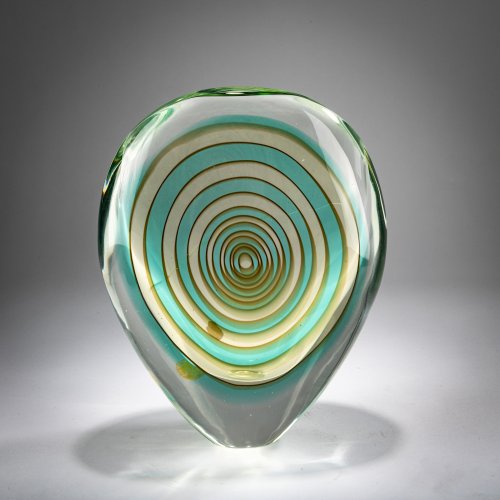
-
Sold
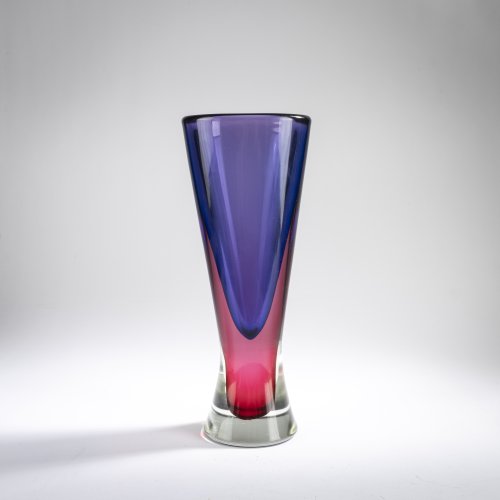
-
Sold
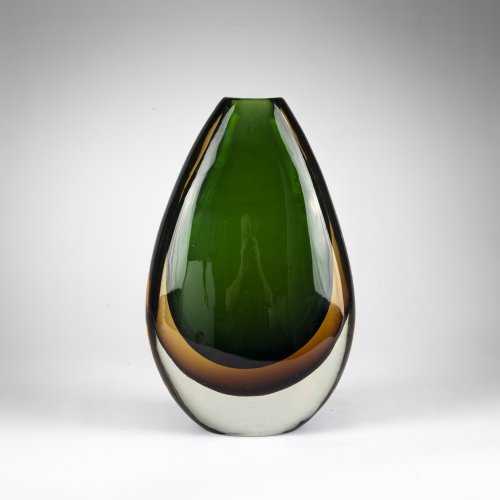
Flavio Poli Seguso Vetri d'Arte, Murano
Vase 'Sommerso verde topazio cristallo', 1958
Hammer Price: 3,400 €
-
Sold
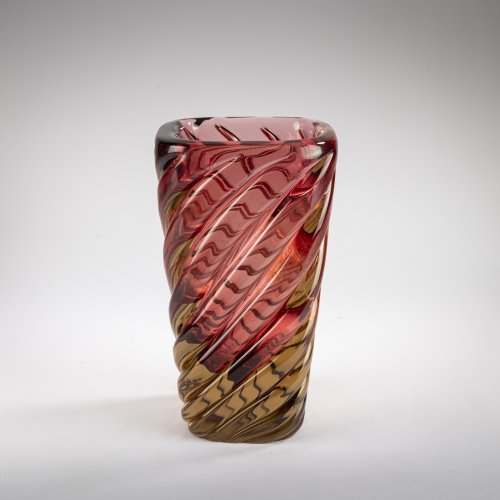
-
Sold
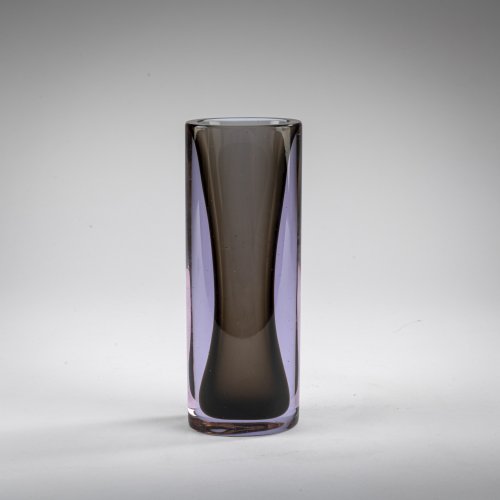
Flavio Poli Seguso Vetri d'Arte', Murano
'Sommerso grigio violetto' vase, 1957
Hammer Price: 1,400 €
-
Sold
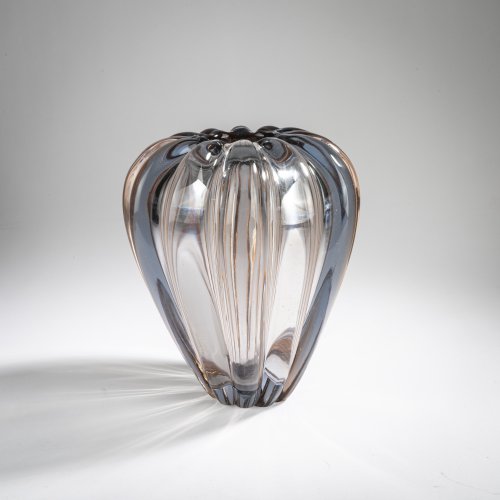
-
Sold
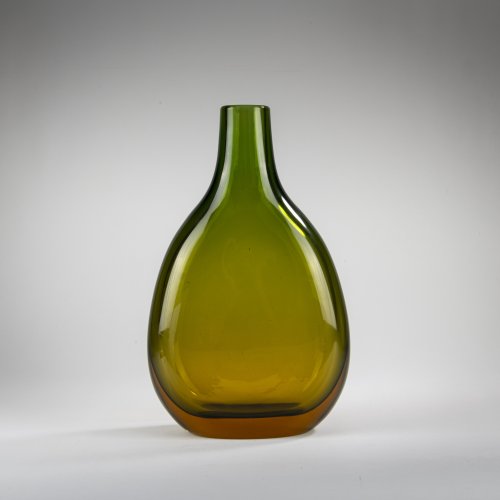
Flavio Poli Seguso Vetri d'Arte, Murano
Vase 'Sommerso verde giallo topazio', c. 1955
Hammer Price: 1,100 €
-
Sold
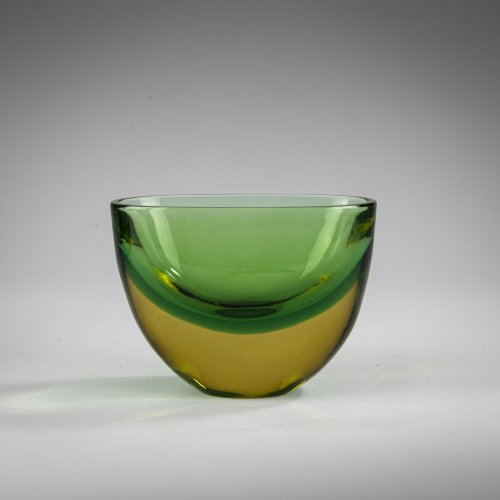
-
Sold
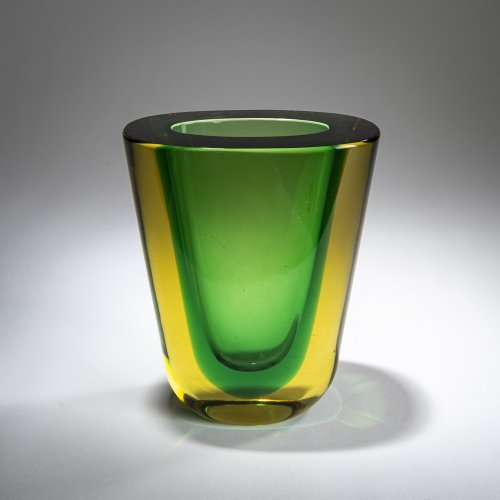
-
Sold
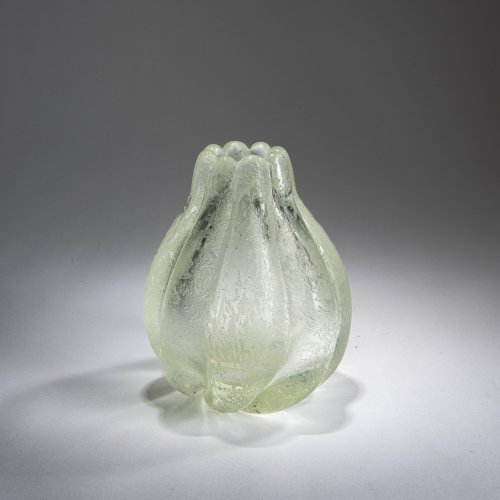
-
Sold
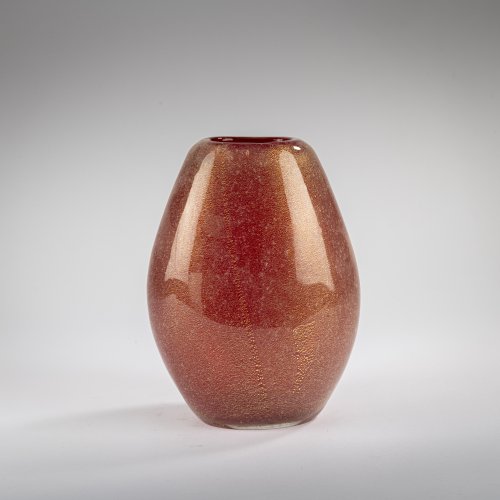
-
Sold
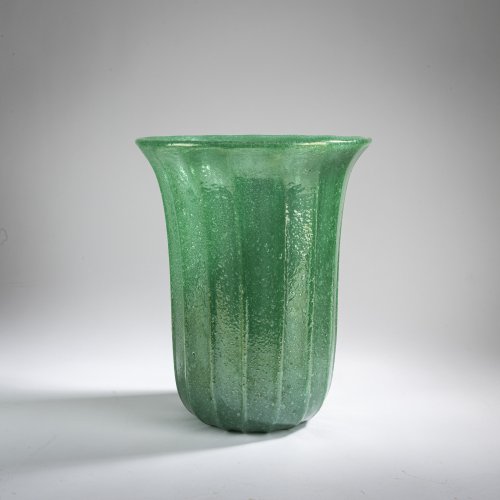
-
Sold
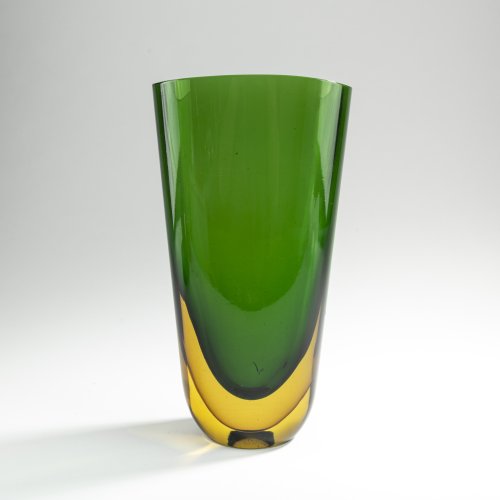
-
Sold
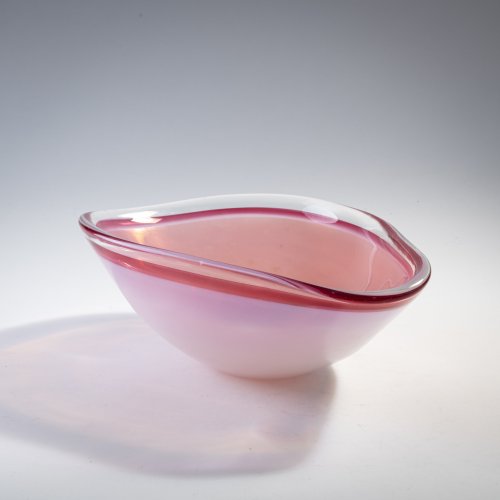
-
Sold
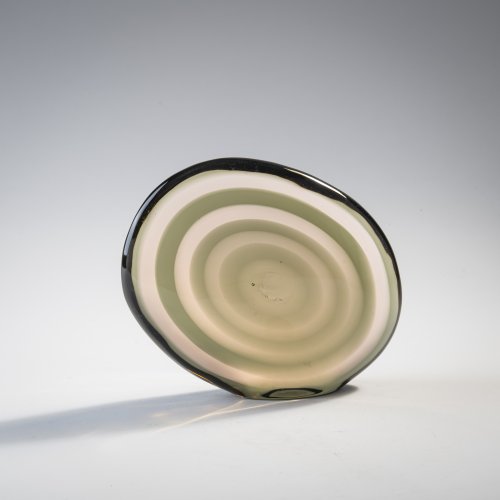
-
Sold
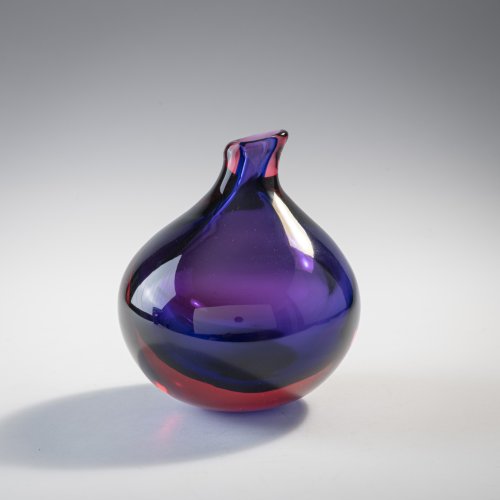
-
Sold
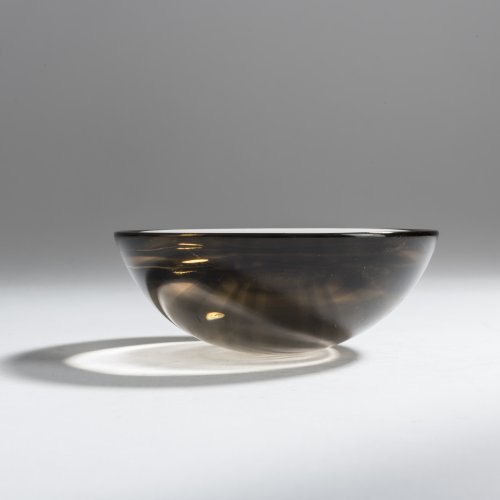
-
Sold
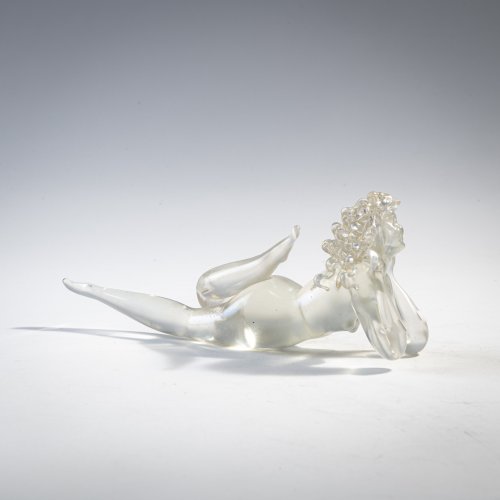
-
Sold

-
Sold
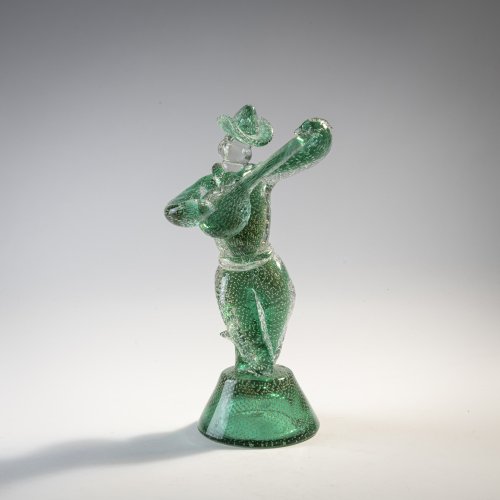
-
Sold
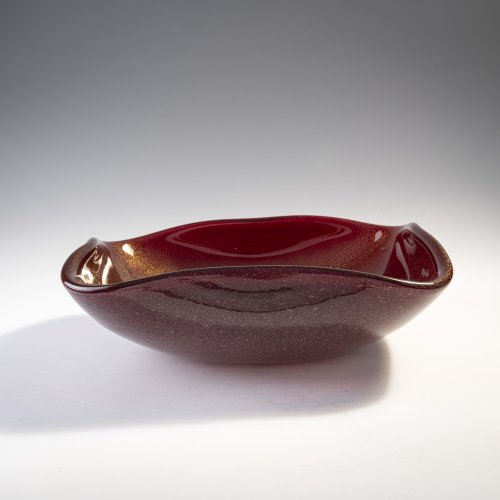
-
Sold
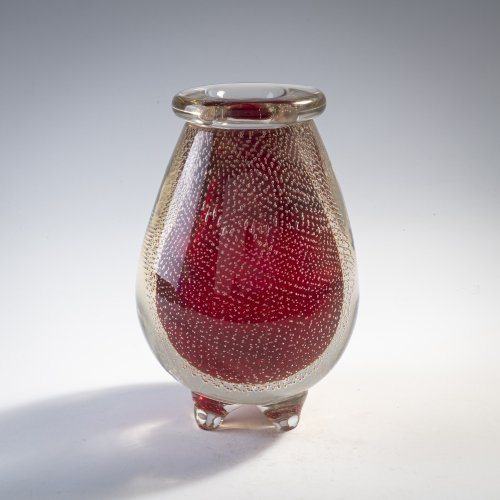
-
Sold
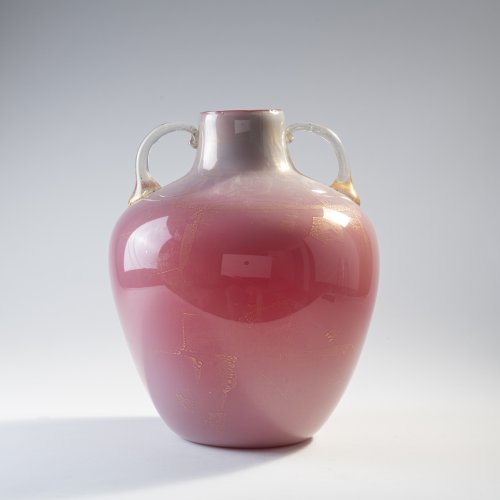
-
Sold
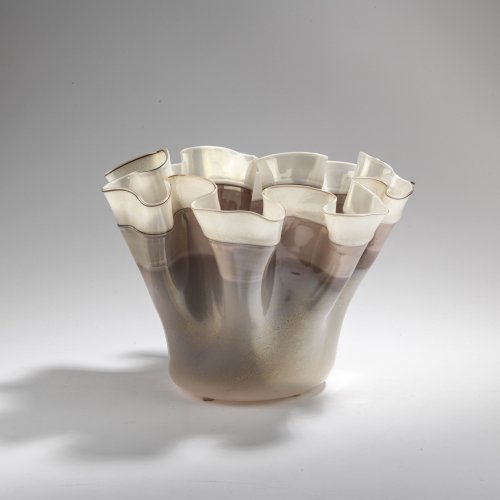
Flavio Poli Seguso Vetri d'Arte, Murano
'A cartoccio con orlatura' bowl, c. 1936
Hammer Price: 2,500 €
-
Sold
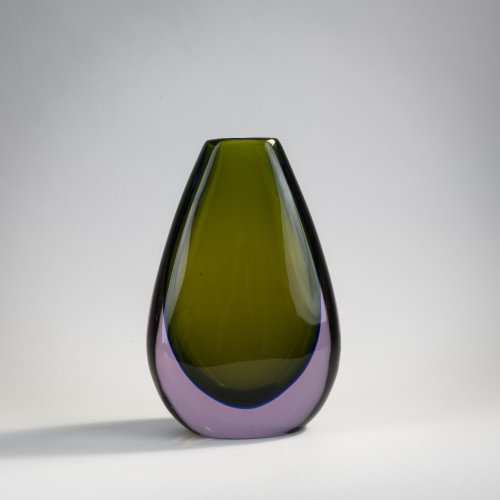
Flavio Poli Seguso Vetri d'Arte, Murano
'Sommerso verde - filo blu - violetto' vase, 1957
Hammer Price: 800 €
-
Sold
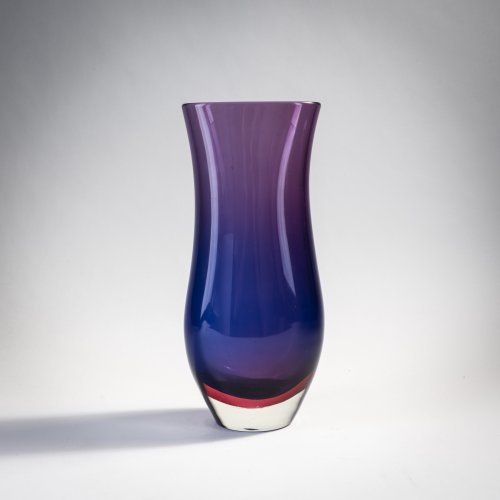
-
Sold
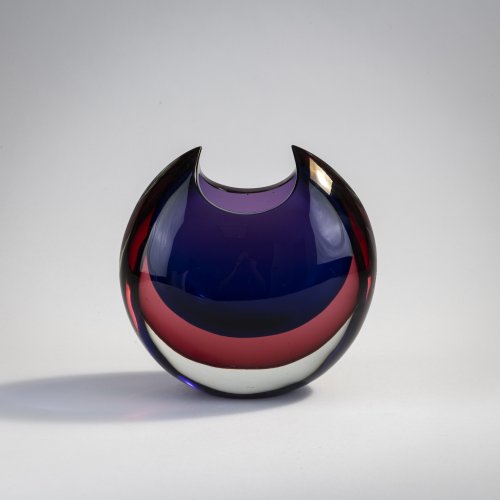
-
Sold
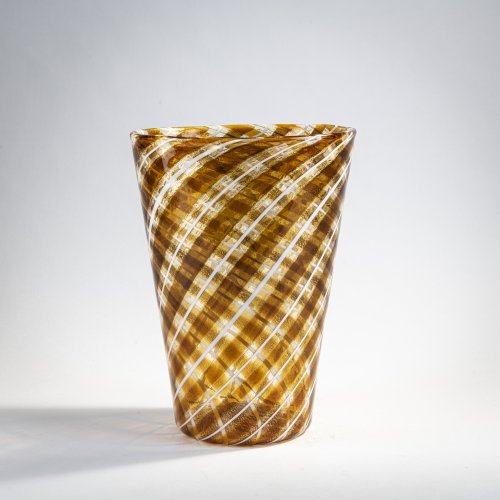
-
Sold
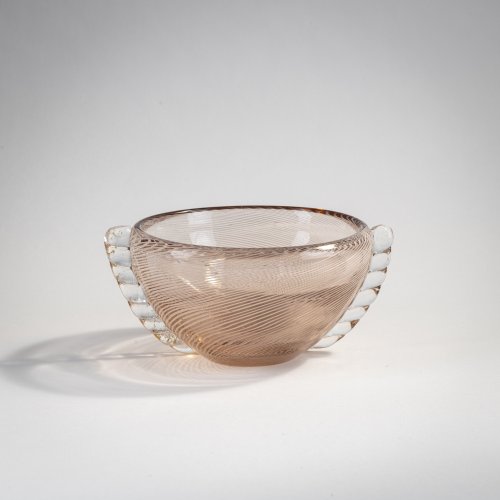
Flavio Poli (attributed) Seguso Vetri d'Arte, Murano (zugeschrieben)
'Mezza filigrana' bowl, c. 1945
Hammer Price: 300 €
-
Sold
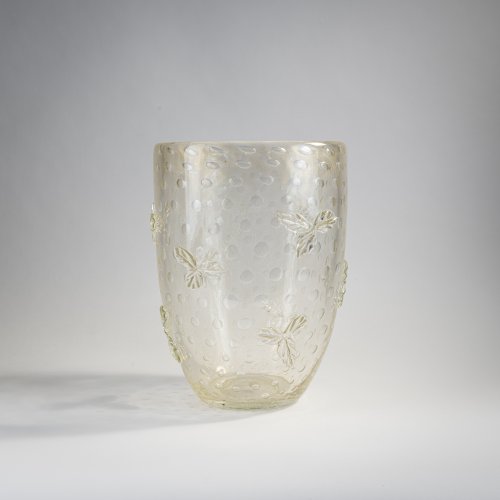
-
Sold
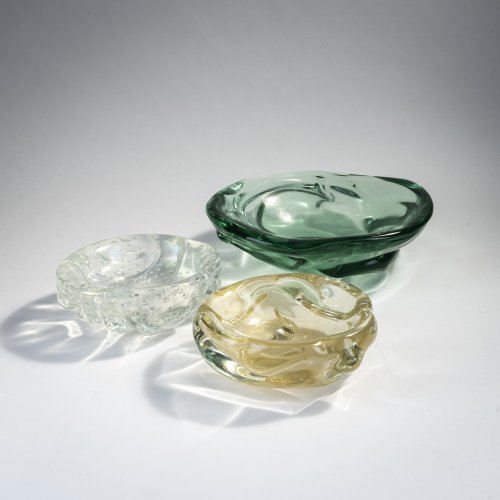
-
Sold
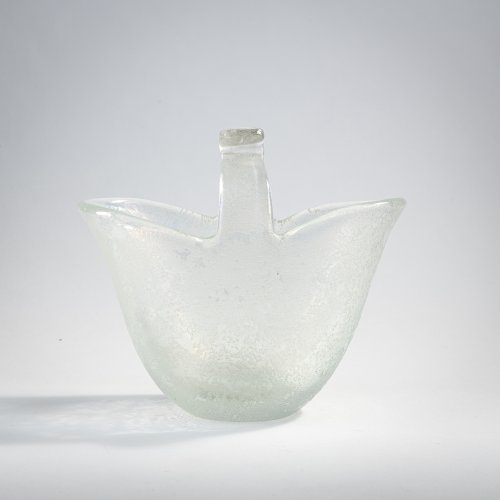
-
Sold
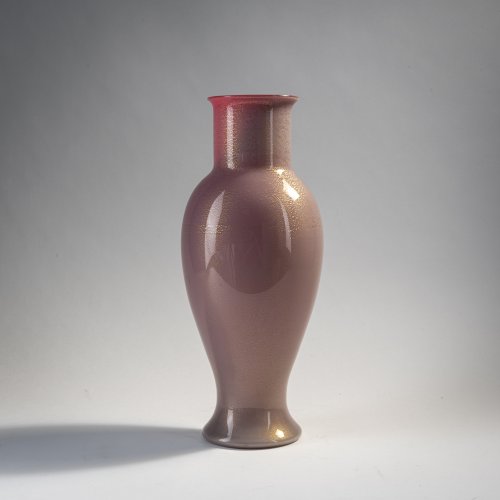
-
Sold
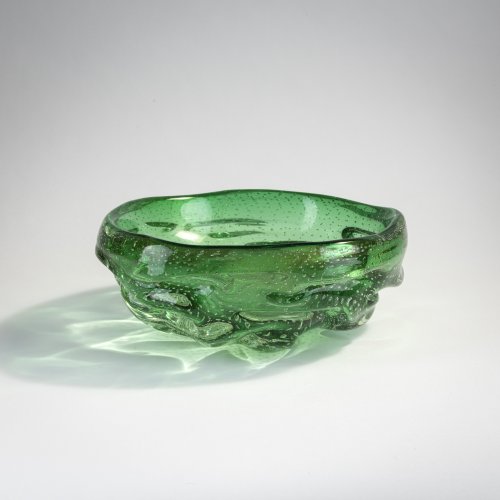
-
Sold
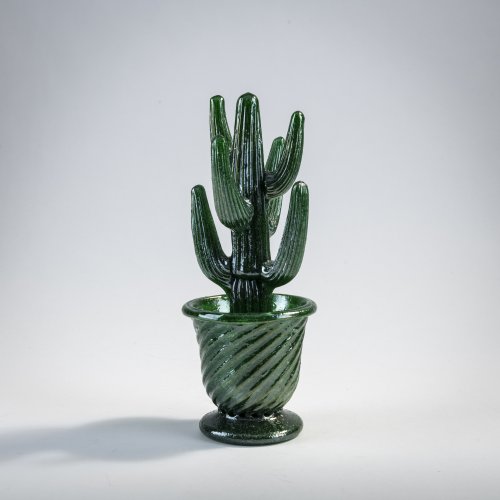
-
Sold
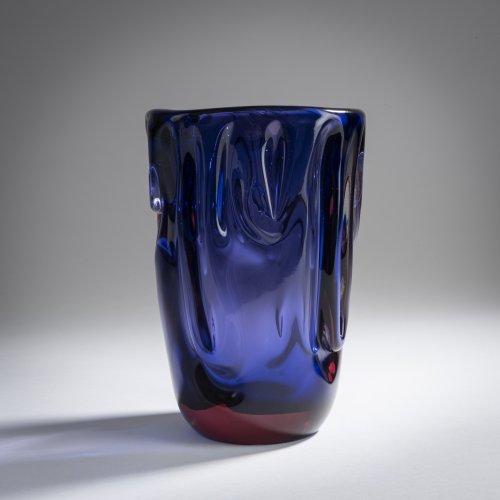
-
Sold
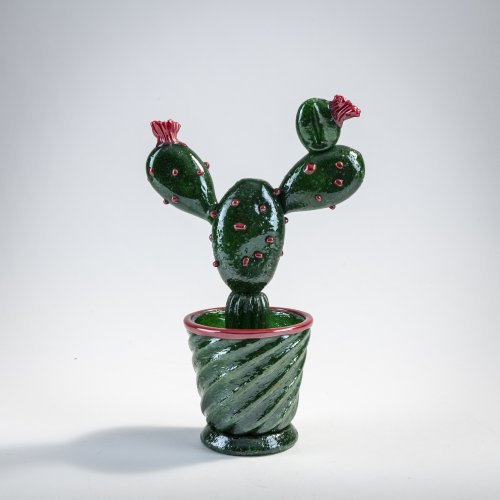
-
Sold
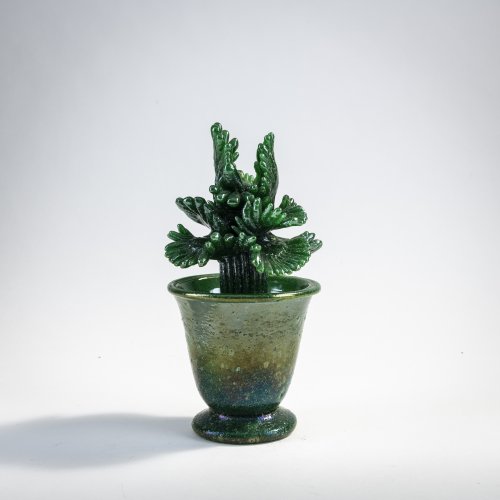
-
Sold
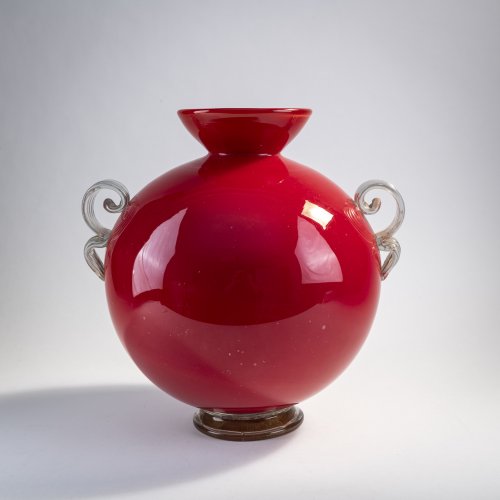
-
Sold
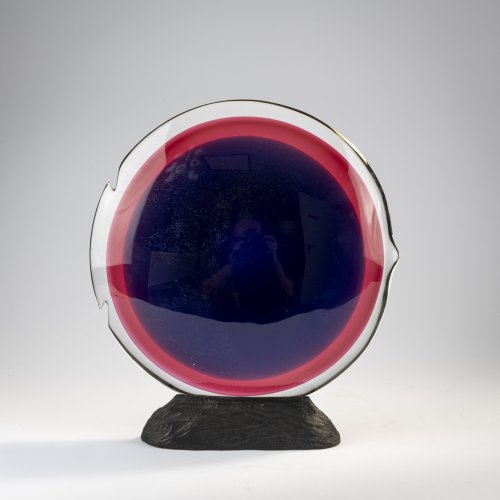
-
Sold
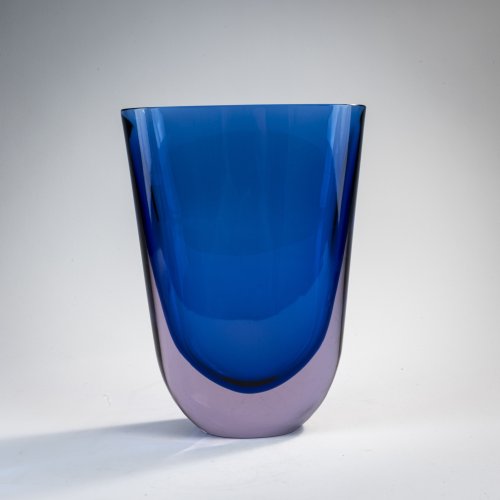
-
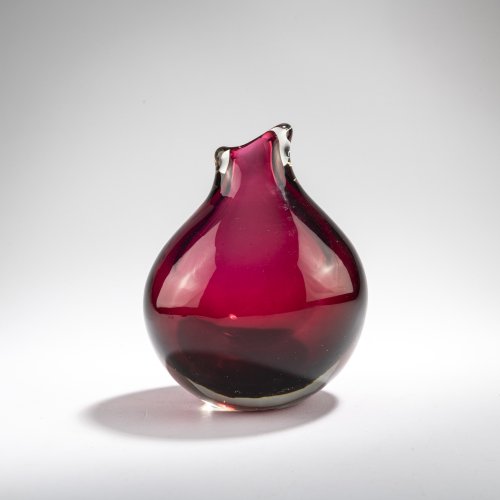
-
Sold
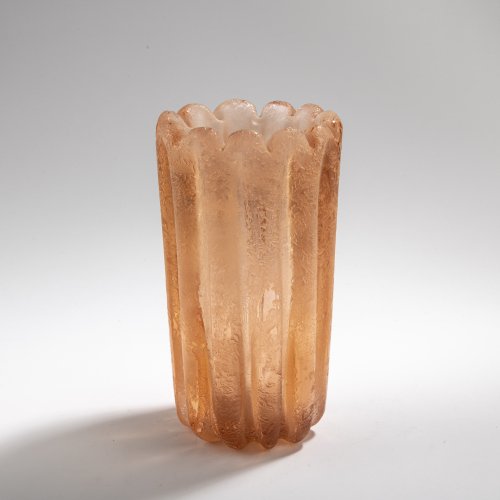
-
Sold
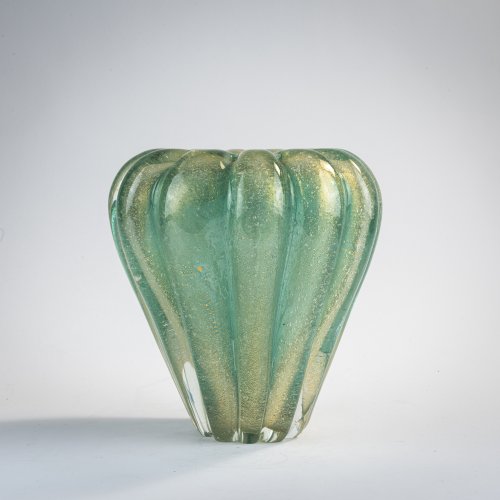
-
Sold
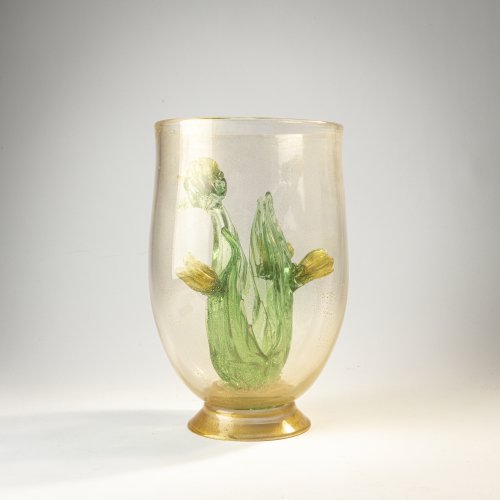
Flavio Poli (attributed) Seguso Vetri d'Arte, Murano (zugeschrieben/attr.)
Vase object with plant, c. 1940
Hammer Price: 2,200 €
-
Sold
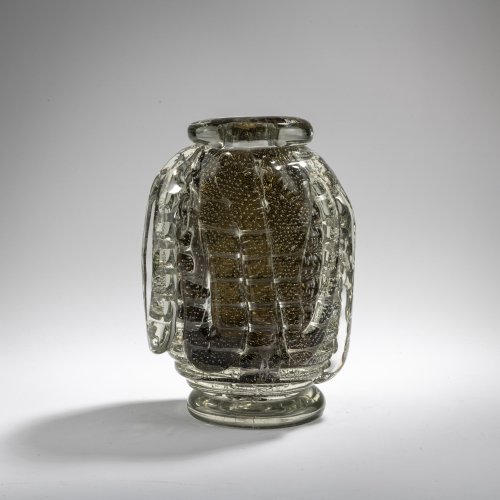
-
Sold
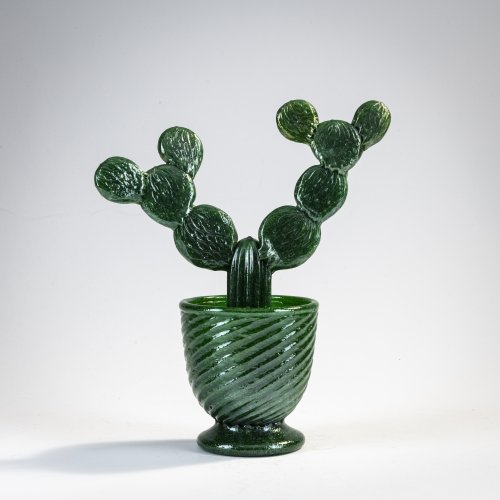
-
Sold
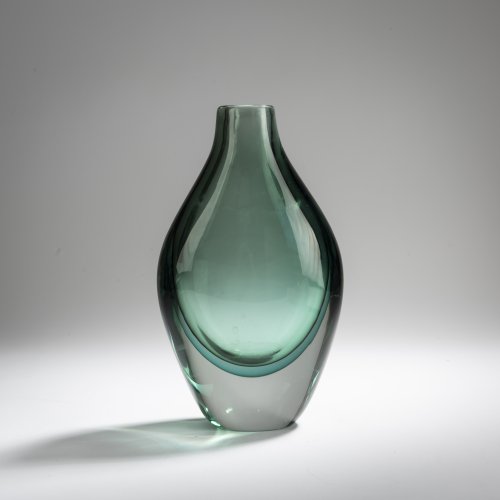
-
Sold
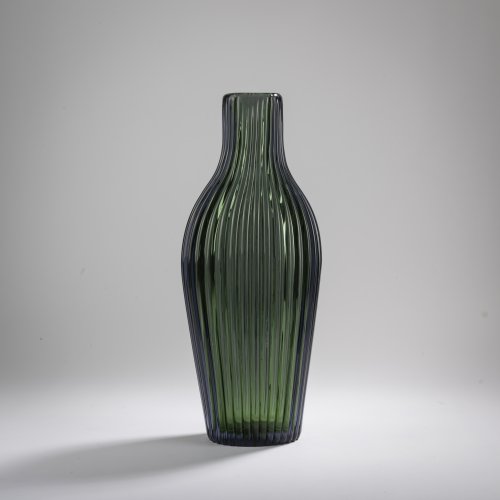
-
Sold
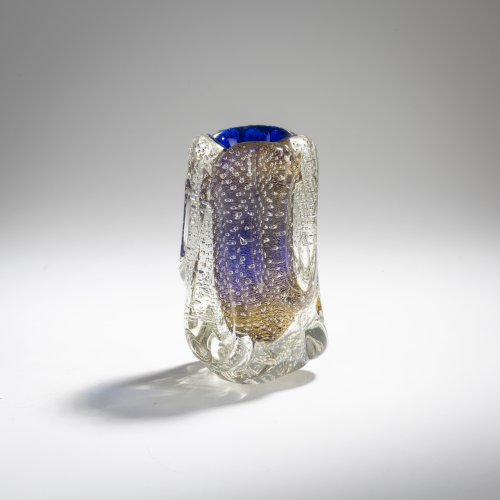
-
Sold
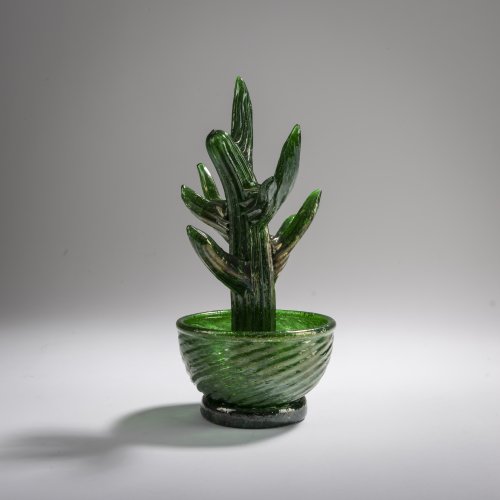
-
Sold
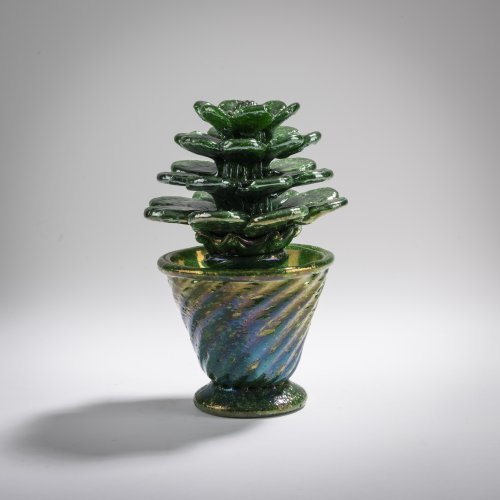
-
Sold
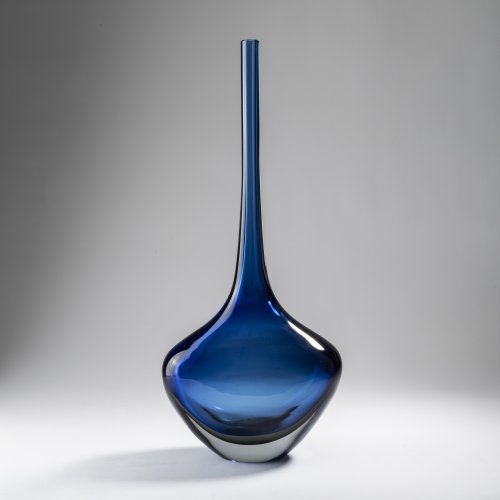
-
Sold
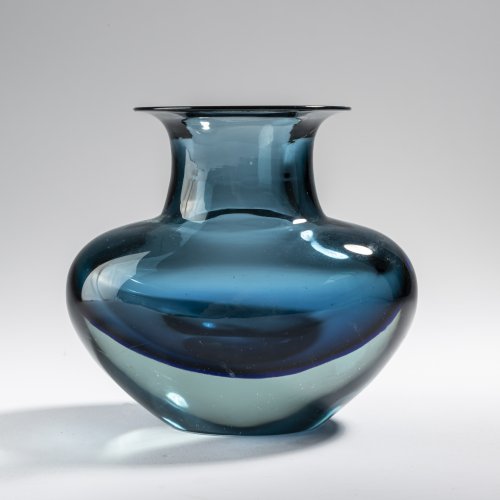
-
Sold
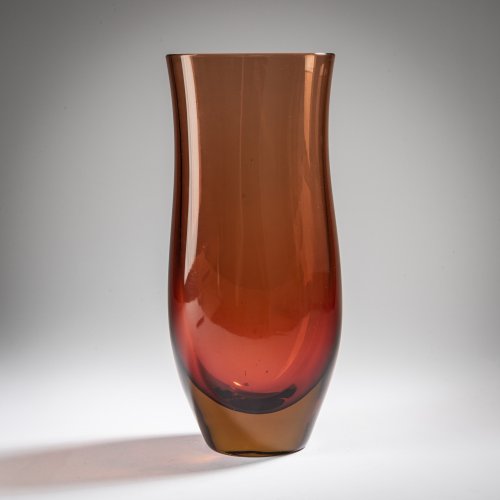
-
Sold
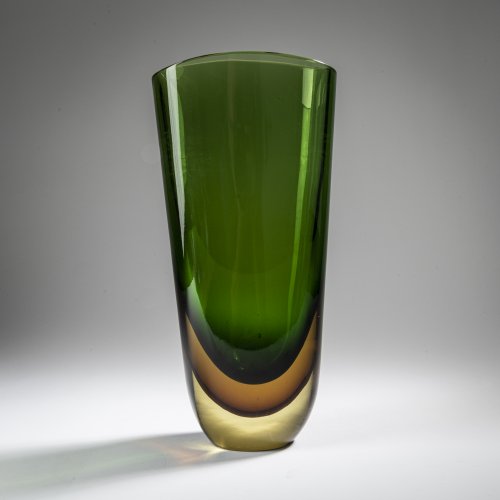
-
Sold
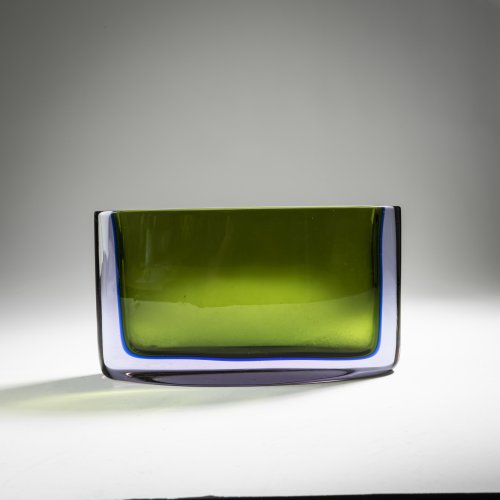
Flavio Poli Seguso Vetri d'Arte, Murano
'Sommerso verde filo blu violetto' vase, 1957
Hammer Price: 1,200 €
-
Sold
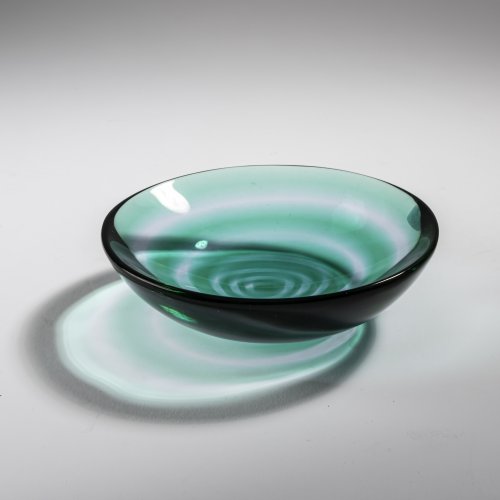
-
Sold
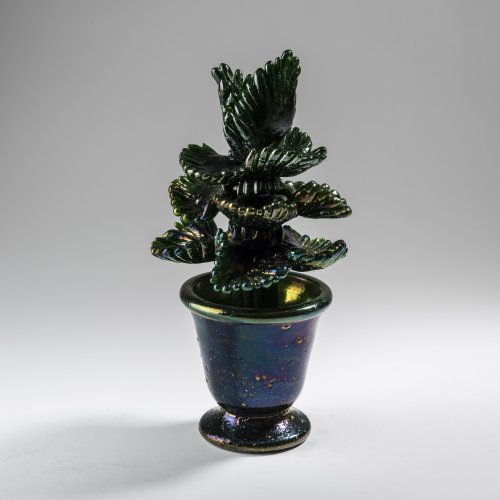
Flavio Poli Seguso Vetri d'Arte, Murano
'Pianta grassa' table decoration, 1939
Hammer Price: 7,500 €
-
Sold
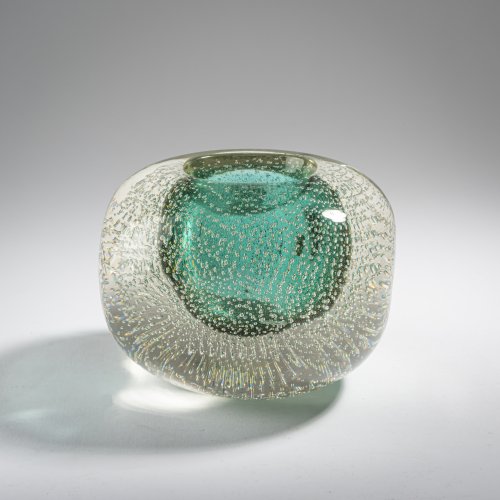
-
Sold
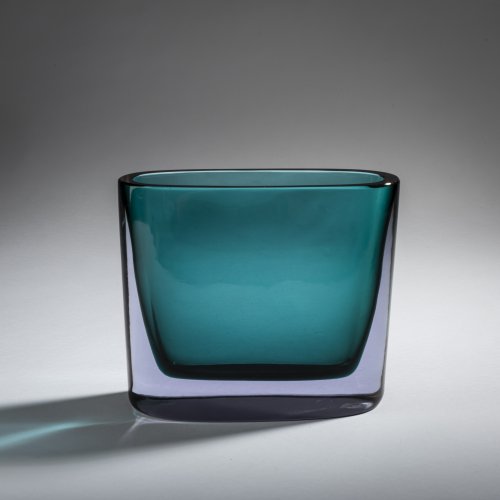
Flavio Poli Seguso Vetri d'Arte, Murano
'Sommerso verde erba violetto' vase, c. 1960
Hammer Price: 900 €
-
Sold
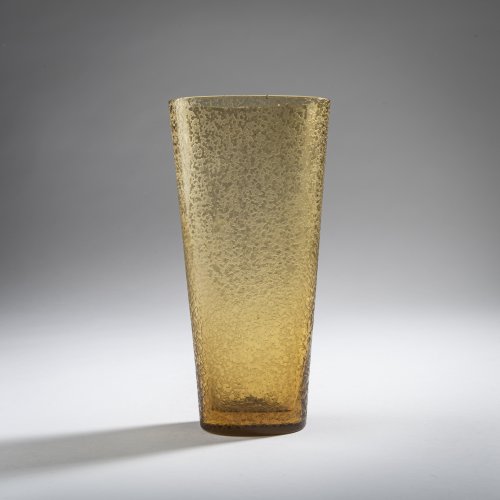
-
Sold
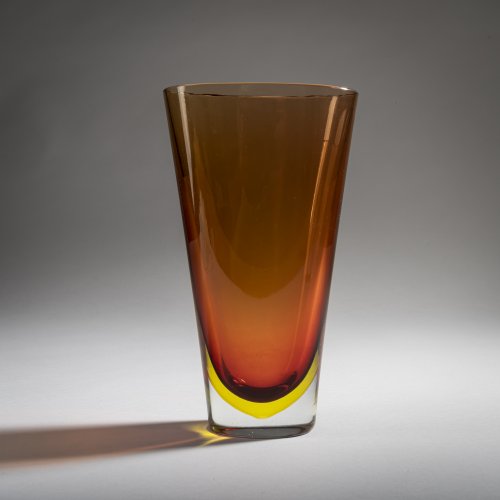
-
Sold
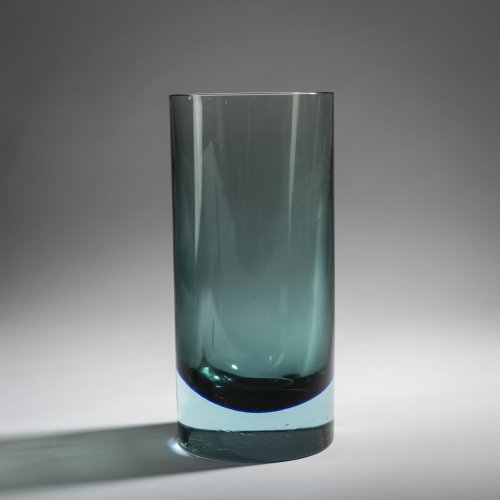
-
Sold
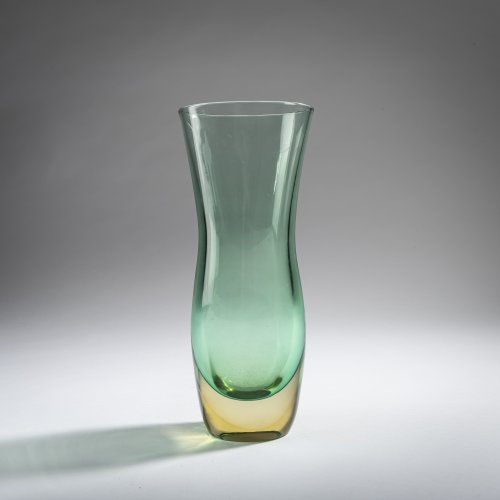
-
Sold
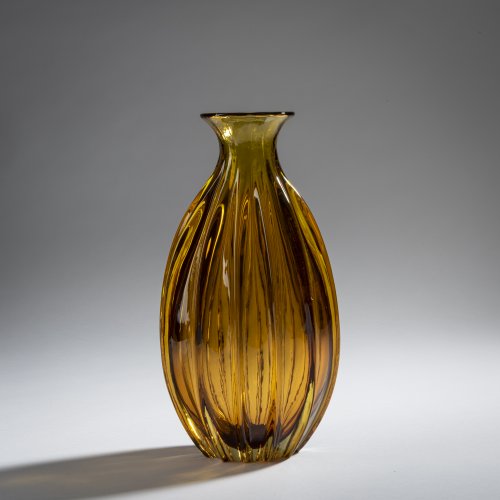
Flavio Poli Seguso Vetri d'Arte, Murao
'Sommerso giallo topazio brusciato' vase, c. 1957
Hammer Price: 400 €
-
Sold
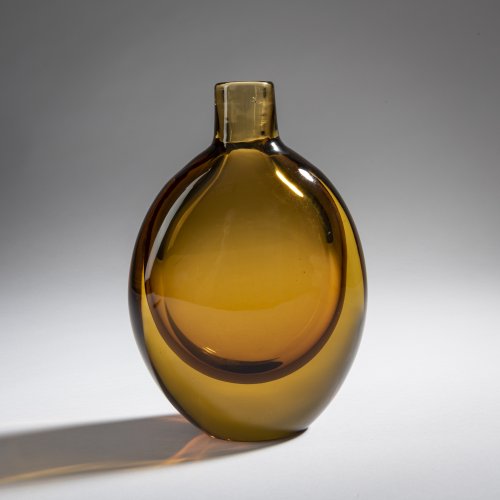
Flavio Poli Seguso Vetri d'Arte, Murano
'Sommerso giallo topazio brusciato' vase, 1957
Hammer Price: 600 €
-
Sold
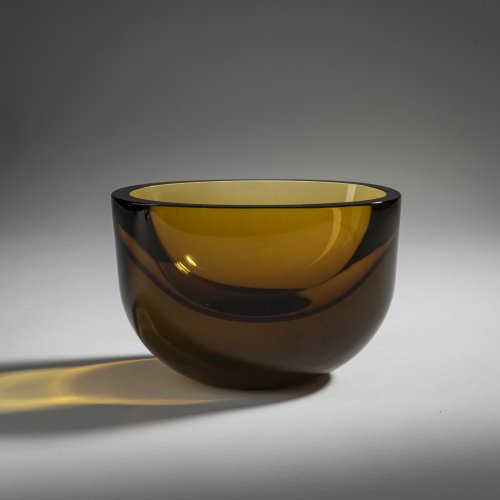
Flavio Poli Seguso Vetri d'Arte, Murano
'Sommerso giallo topazio brusciato' bowl, 1957
Hammer Price: 1,200 €
-
Sold
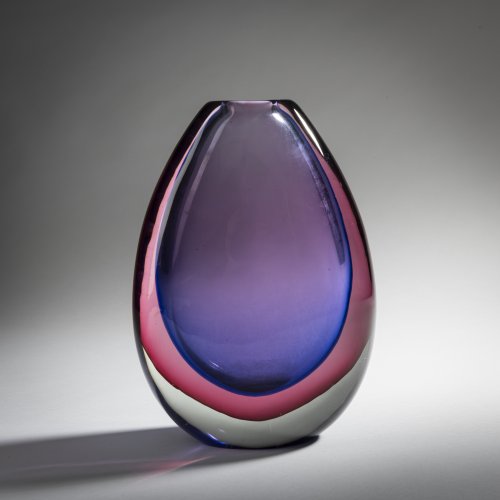
-
Sold
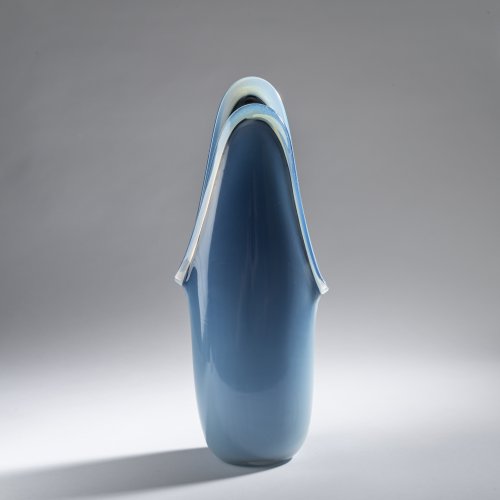
-
Sold
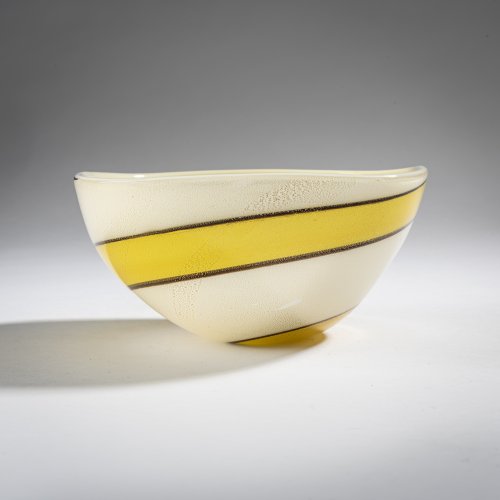
Flavio Poli Seguso Vetri d'Arte, Murano
'Opala fascia giallo bordo nero' bowl, c. 1955
Hammer Price: 1,100 €
-
Sold
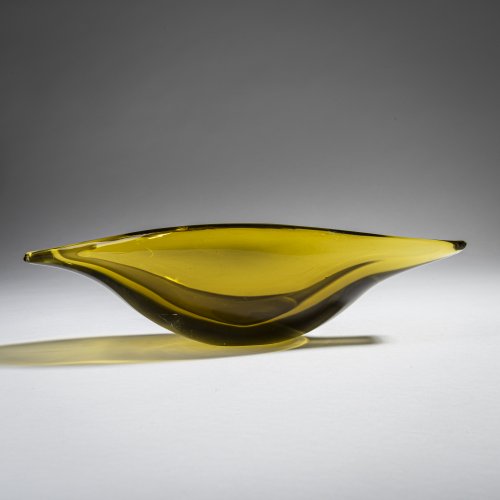
-
Sold
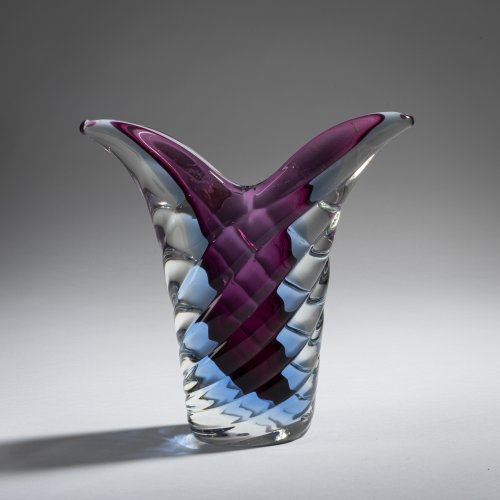
-
Sold
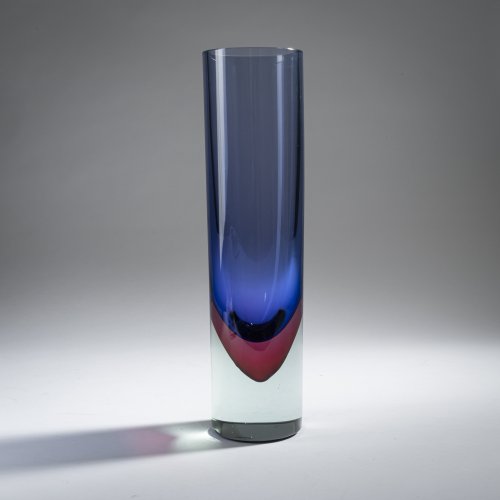
-
Sold
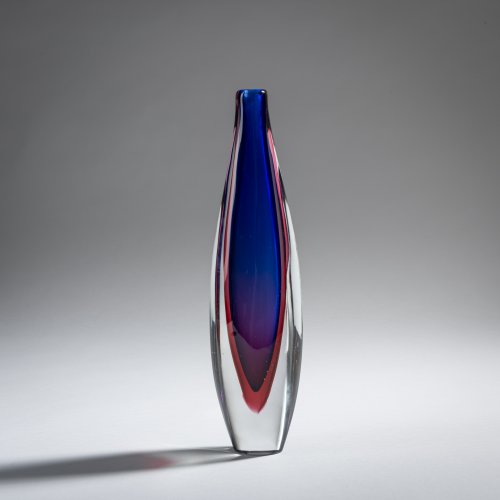
-
Sold
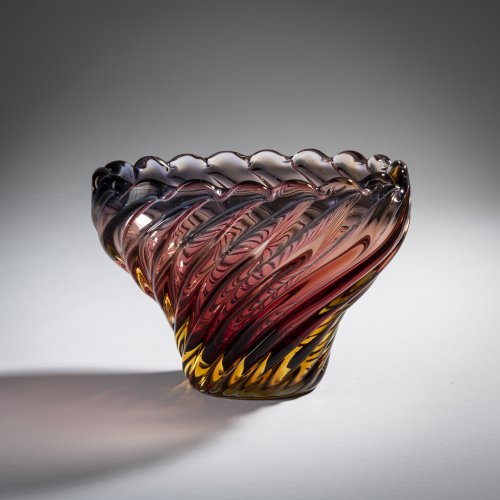
-
Sold
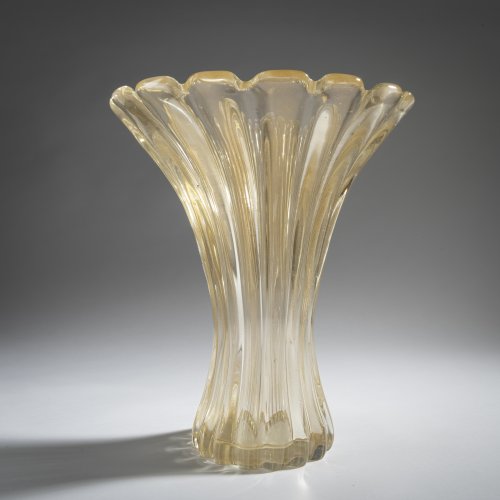
-
Sold
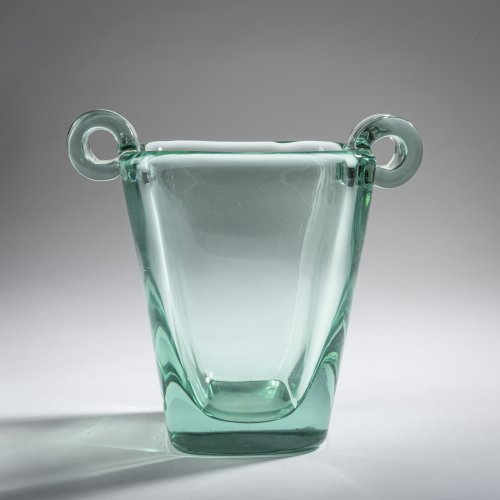
-
Sold
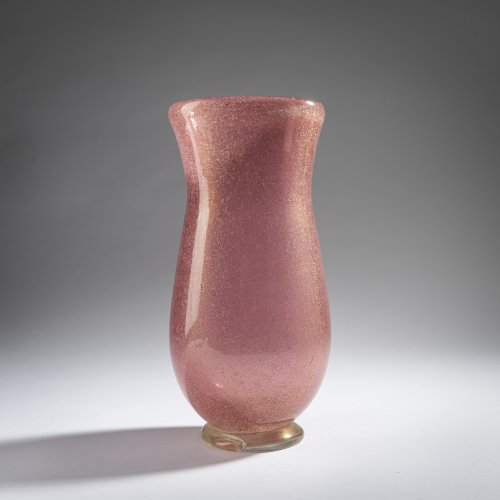
-
Sold
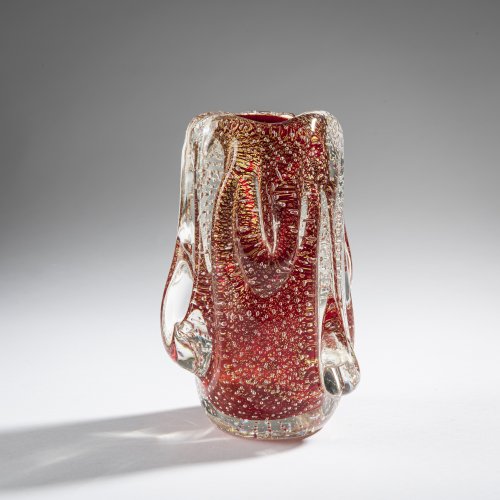
-
Sold
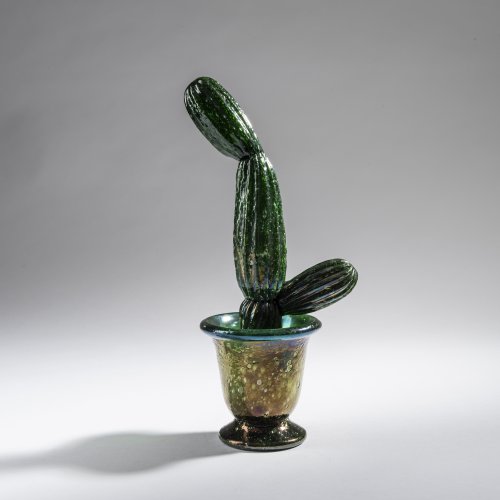
-
Sold
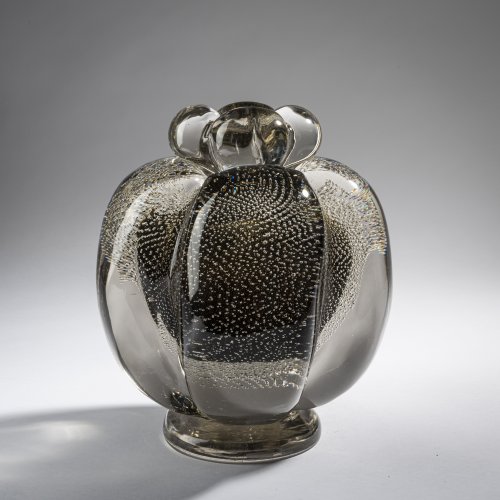
-
Sold
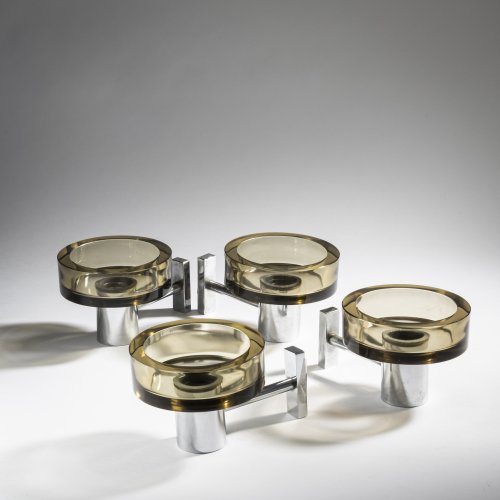
Flavio Poli (attributed) Seguso Vetri d'Arte, Murano (zugeschrieben)
4 wall lights, 1970s
Hammer Price: 700 €
-
Sold
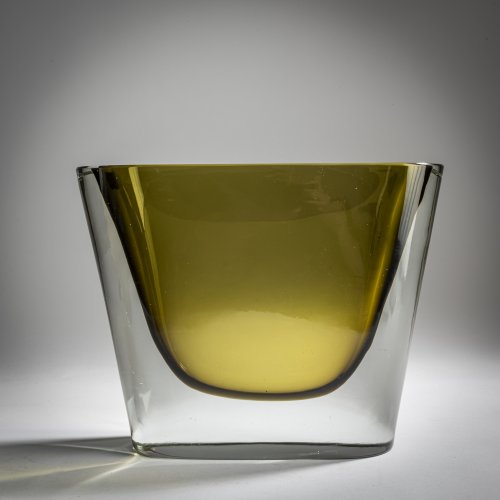
-
Sold
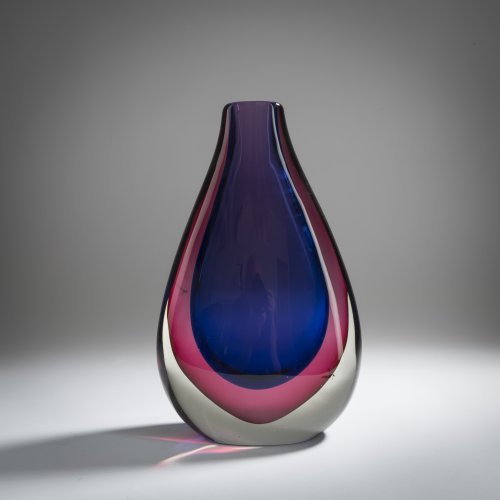
Flavio Poli Seguso Vetri d'Arte, Murano
'Sommerso rosso rubino blu' vase, c. 1959
Hammer Price: 1,500 €
-
Sold
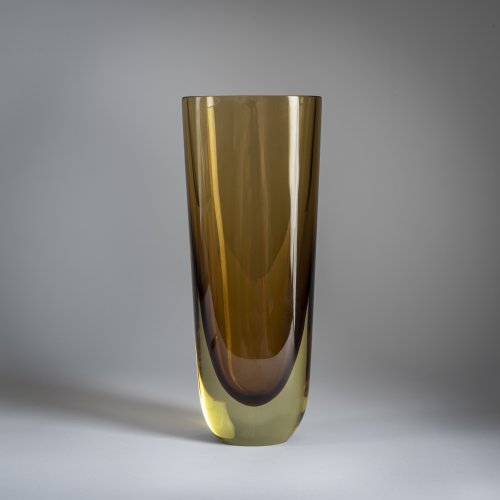
-
Sold
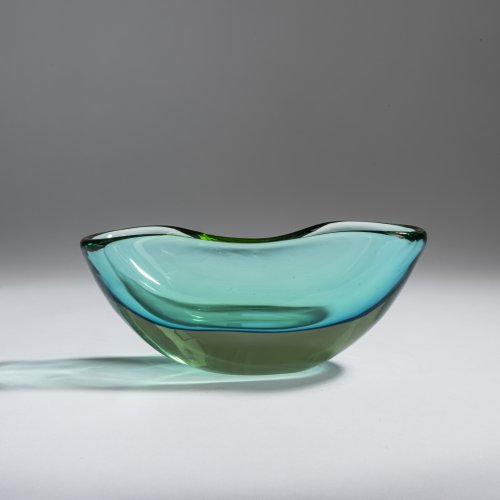
-
Sold
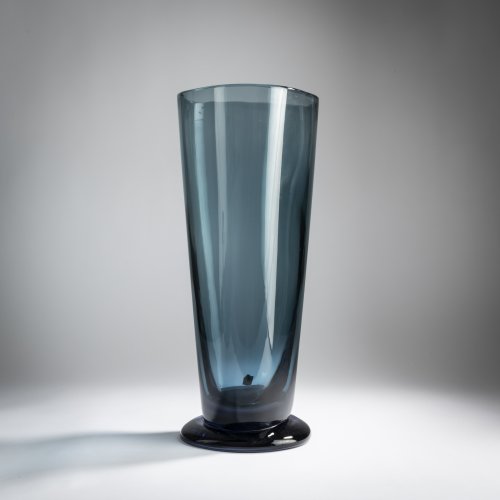
Flavio Poli Seguso Vetri d'Arte, Murano
Tall 'Sommerso verde violetto' vase, 1957
Hammer Price: 1,200 €
-
Sold
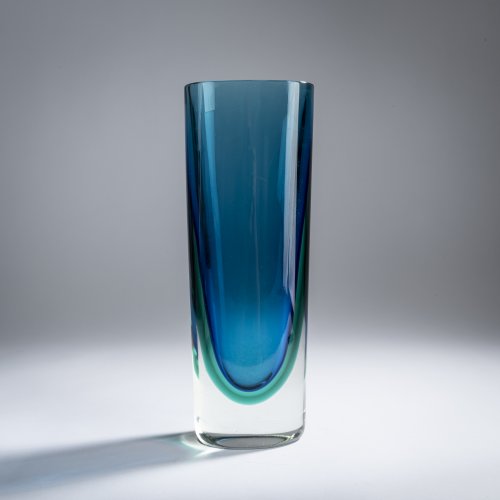
-
Sold
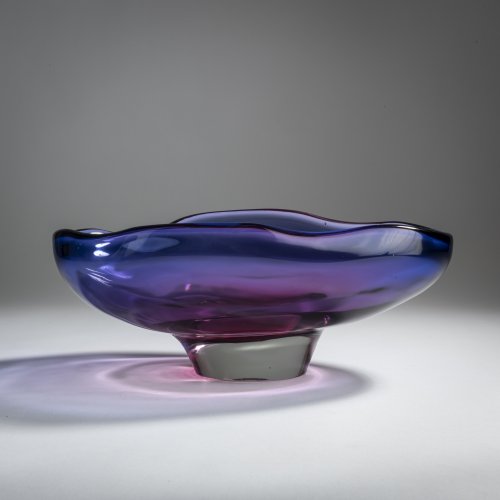
-
Sold
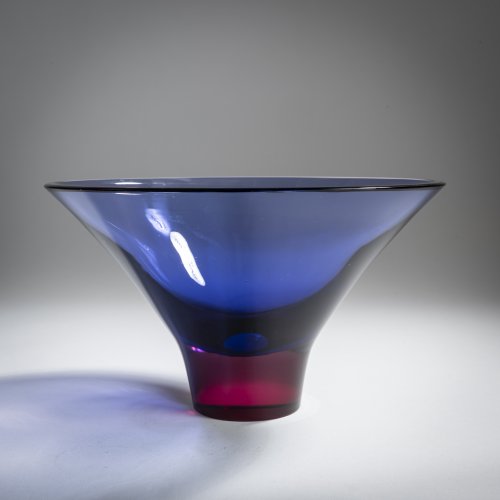
-
Sold
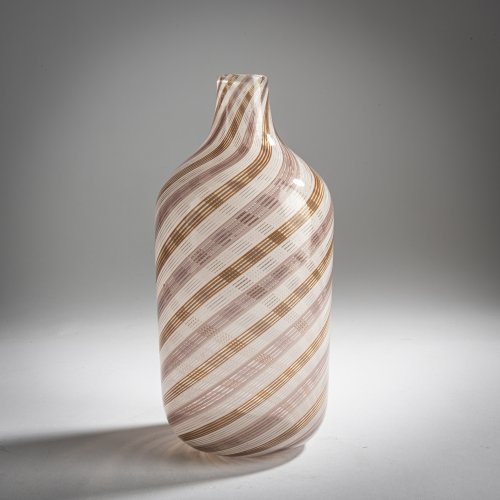
-
Sold
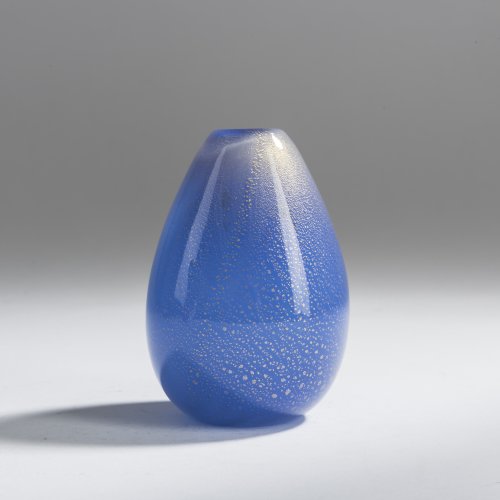
-
Sold
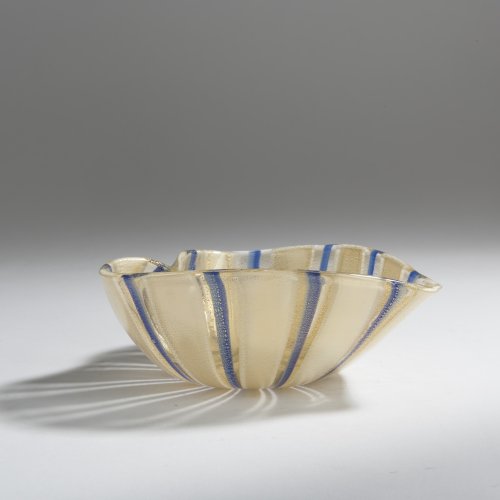
-
Sold
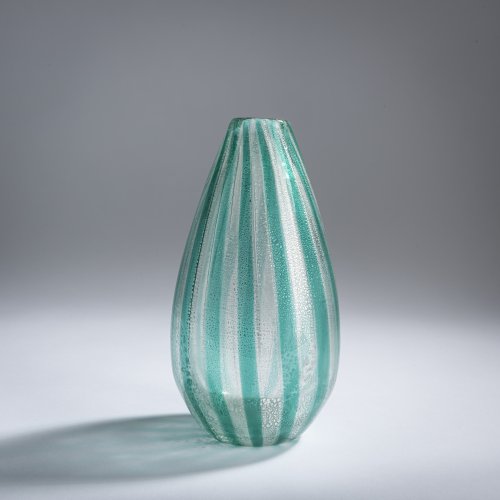
Flavio Poli Seguso Vetri d'Arte, Murano
'Fasce verde, argento induto' vase, c. 1942
Hammer Price: 350 €
-
Sold
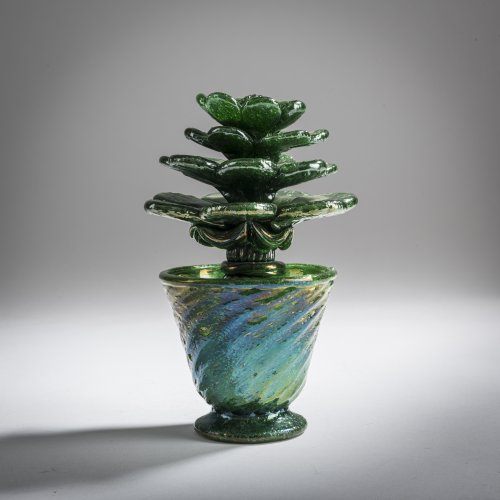
-
Sold
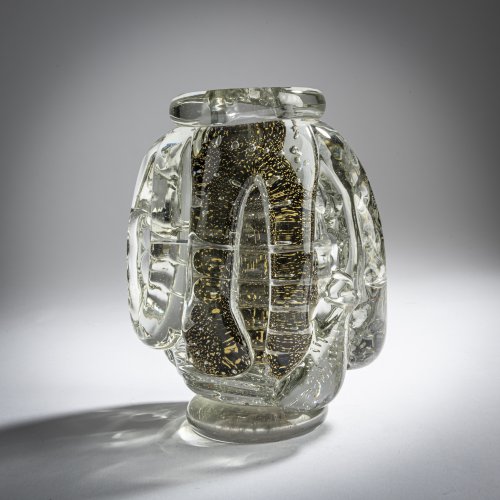
-
Sold
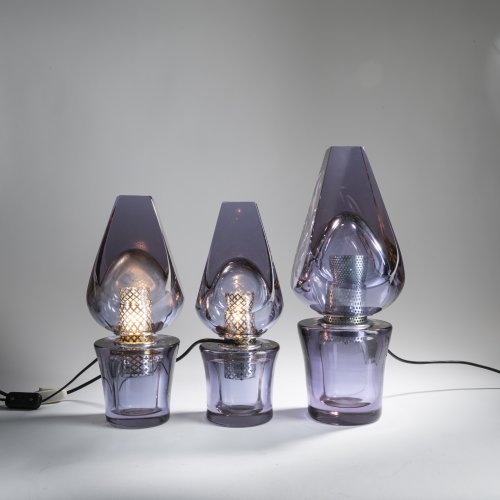
-
Sold
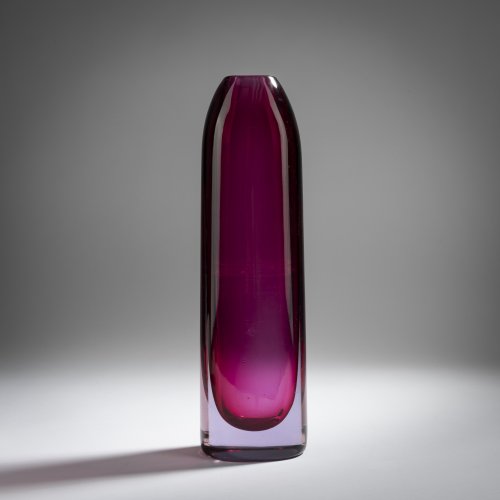
-
Sold
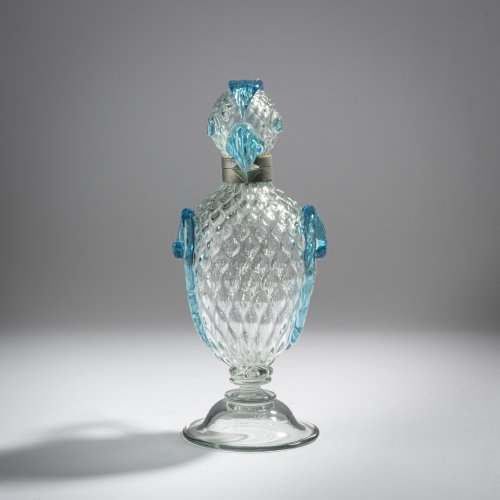
-
Sold
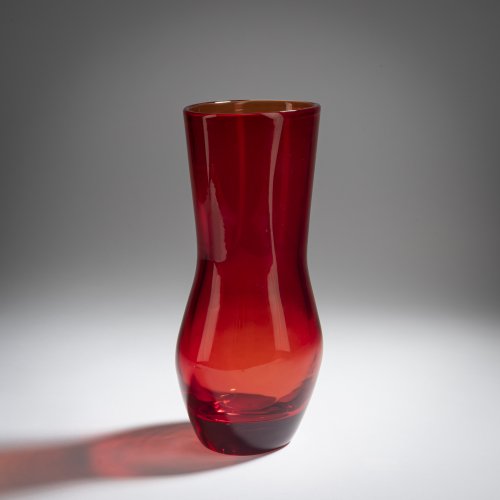
-
Sold
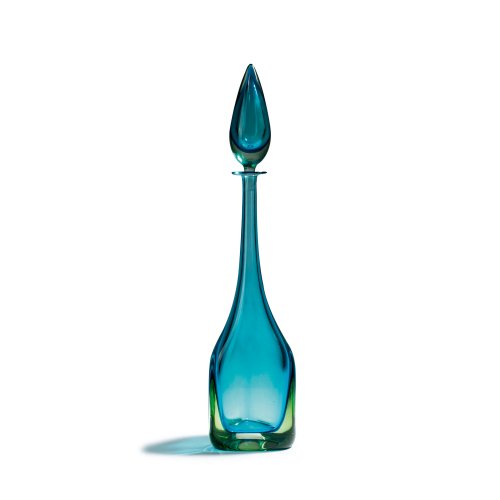
-
Sold
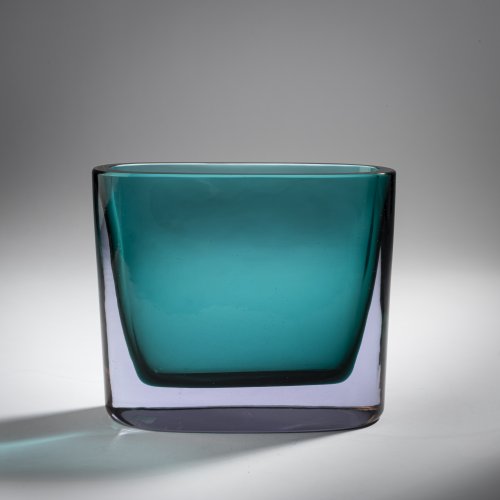
-
Sold
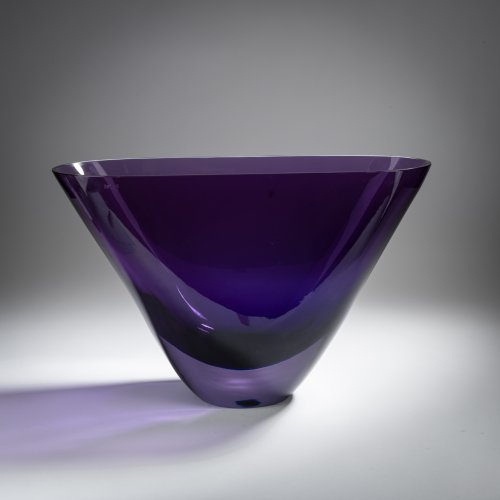
-
Sold
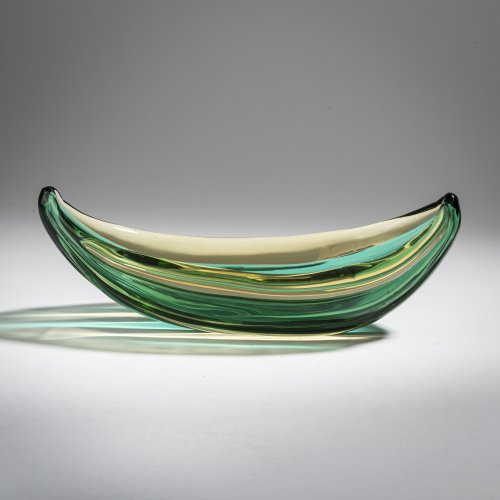
-
Sold
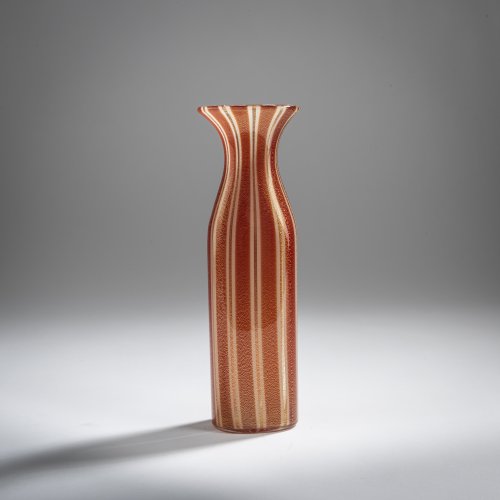
-
Sold
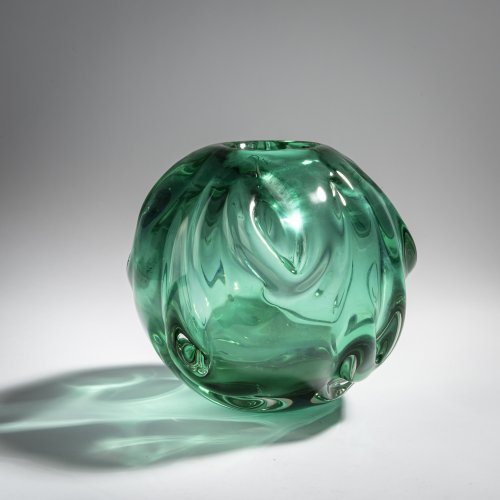
-
Sold
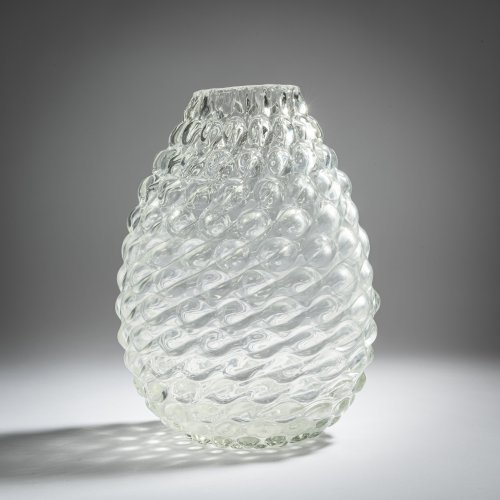
-
Sold
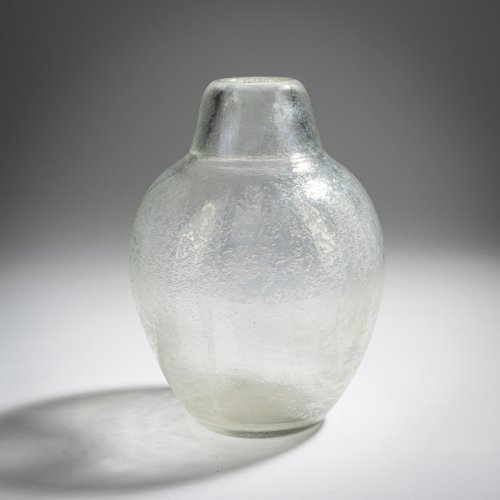
-
Sold
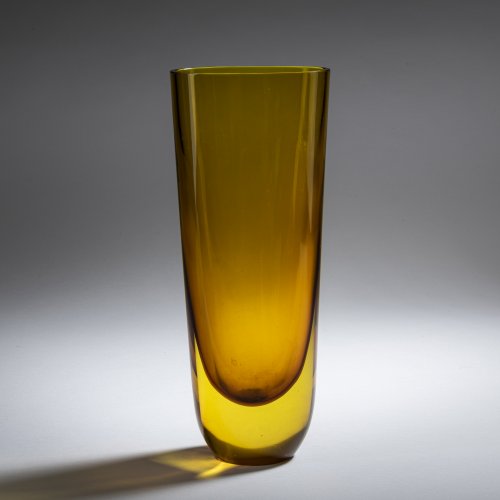
-
Sold
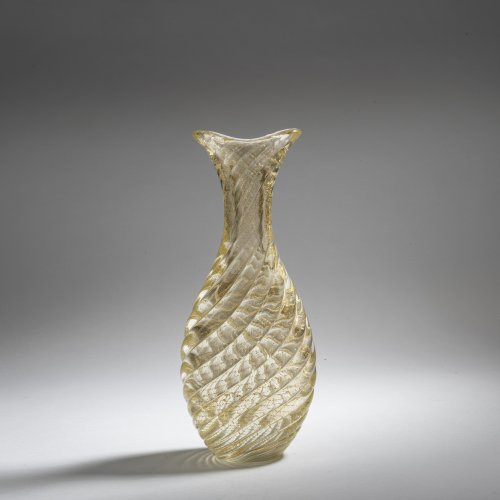
-
Sold
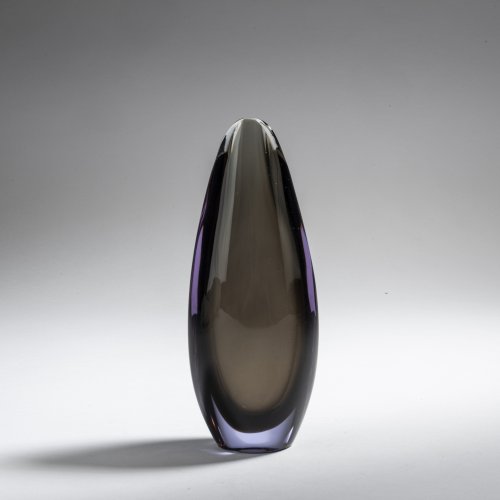
-
Sold
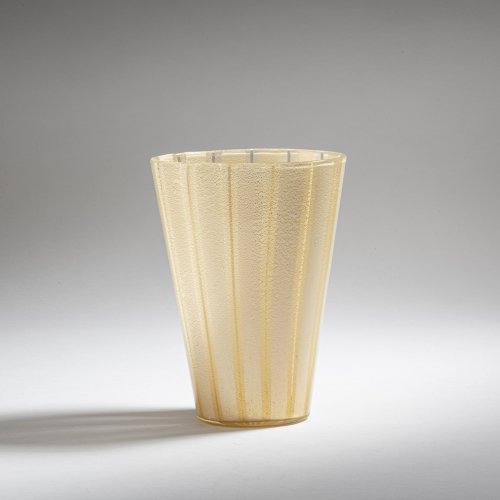
Flavio Poli Seguso Vetri d'Arte, Murano
'Incamiciato a fasce verticali' vase, 1952
Hammer Price: 2,200 €
-
Sold
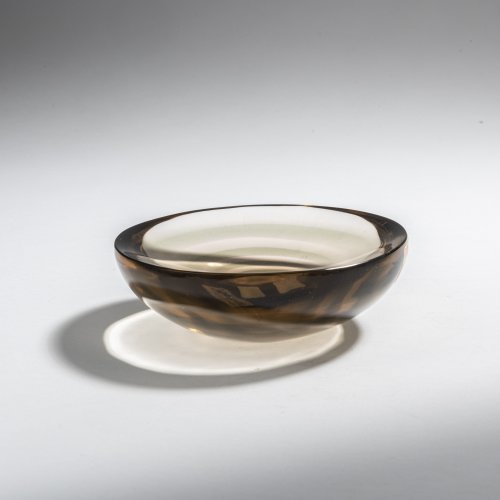
-
Sold
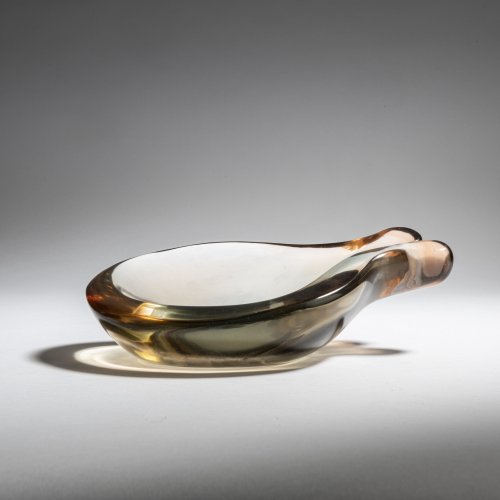
-
Sold
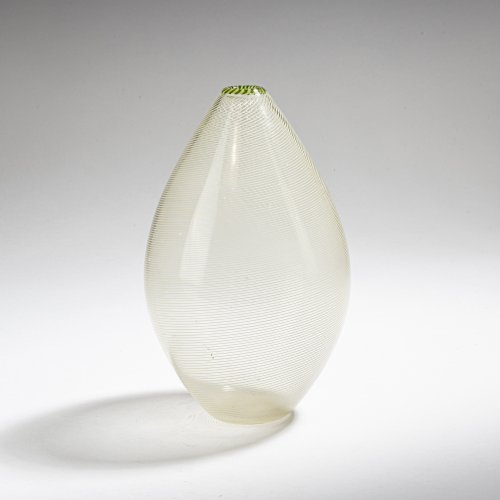
-
Sold
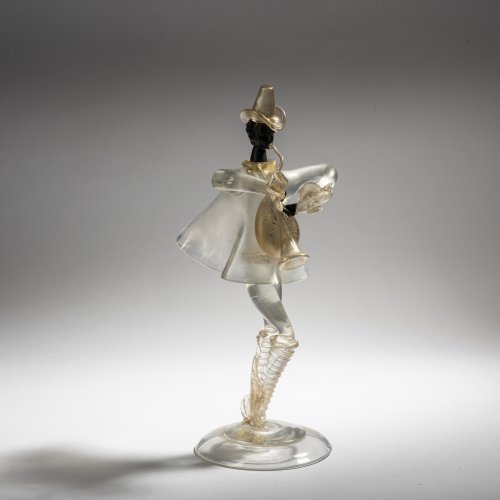
-
Sold
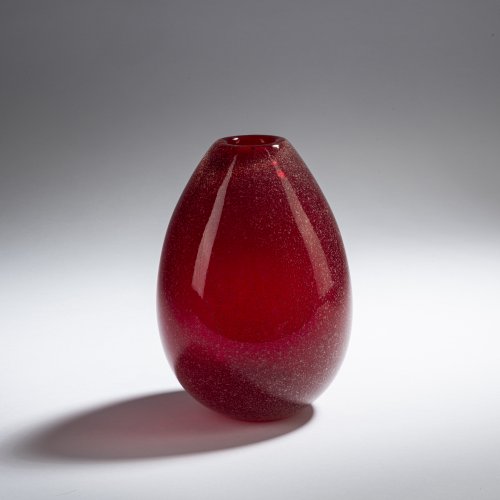
-
Sold
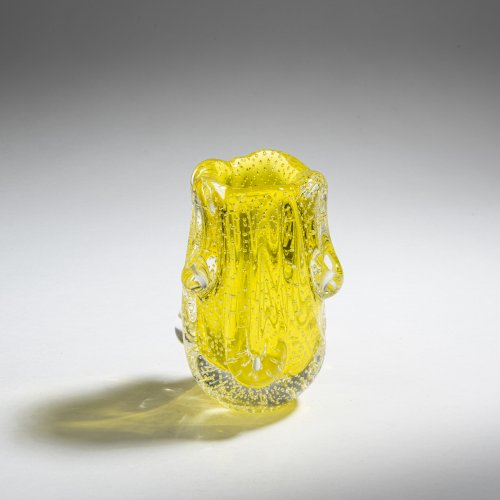
Flavio Poli Seguso Vetri d'Arte, Murano
Small 'Cristallo bullicante' vase, c. 1939
Hammer Price: 350 €
-
Sold
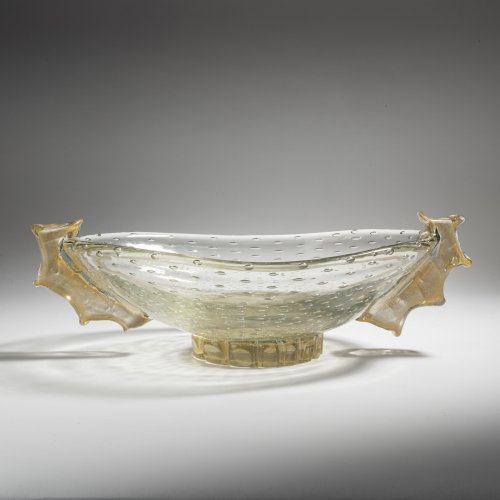
-
Sold
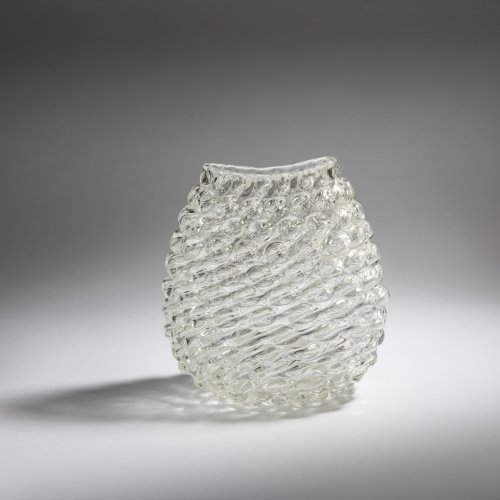
-
Sold
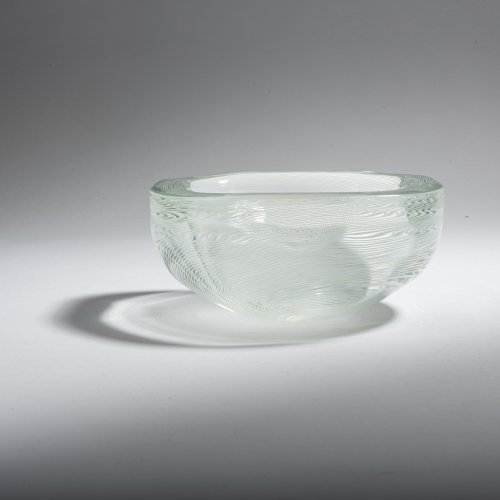
-
Sold
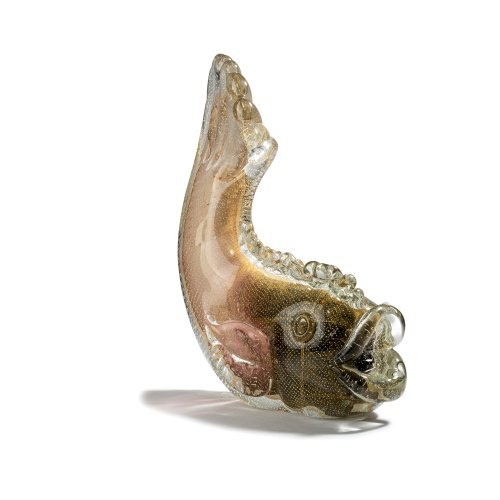
Flavio Poli Seguso Vetri d'Arte, Murano; Seguso, Archimede, Murano
Large fish, c. 1938
Hammer Price: 2,500 €
-
Sold
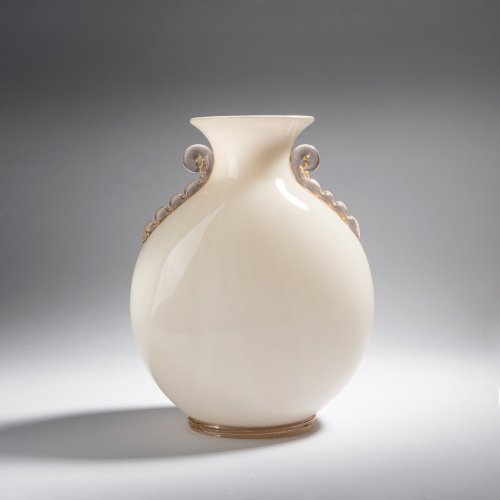
-
Sold
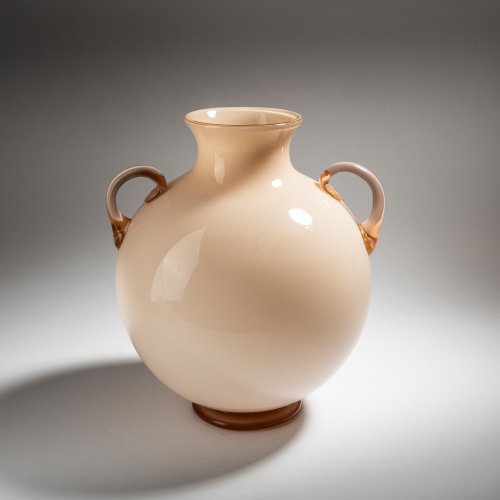
-
Sold
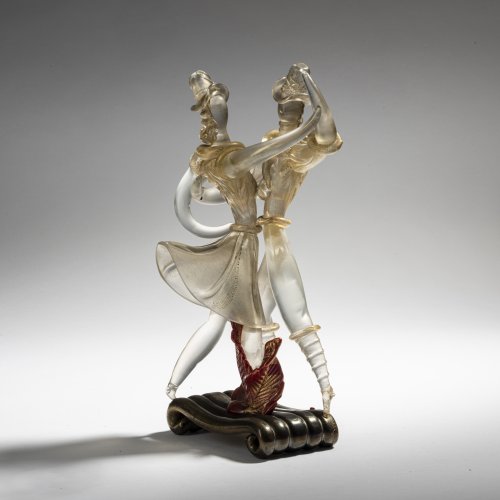
-
Sold
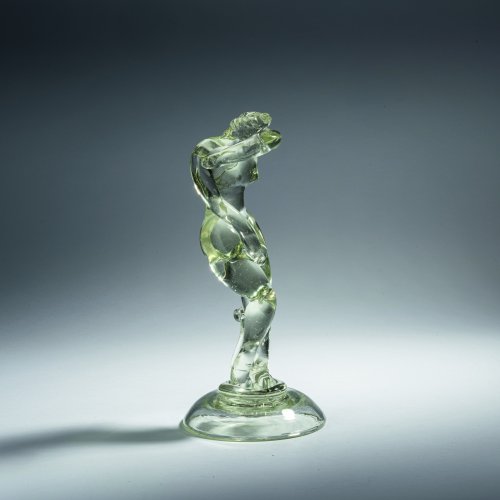
-
Sold
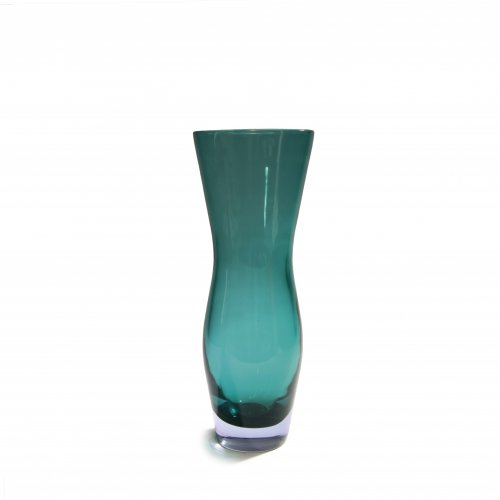
-
Sold
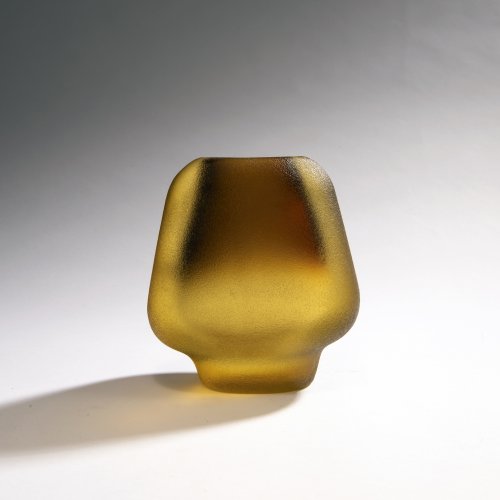
-
Sold
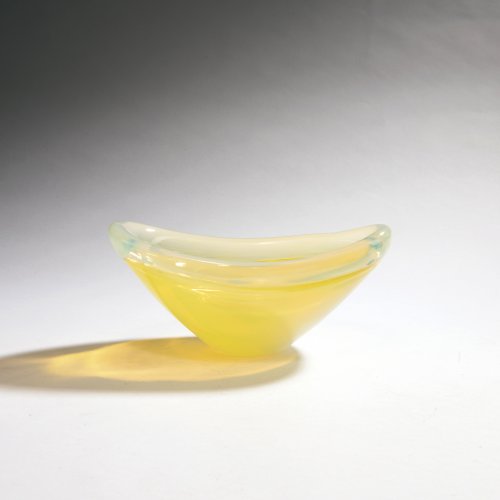
-
Sold
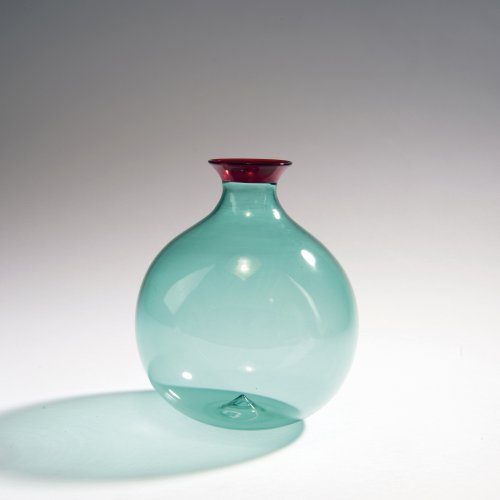
-
Sold
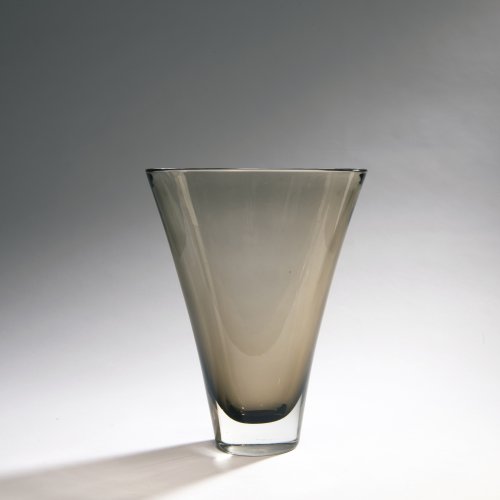
-
Sold
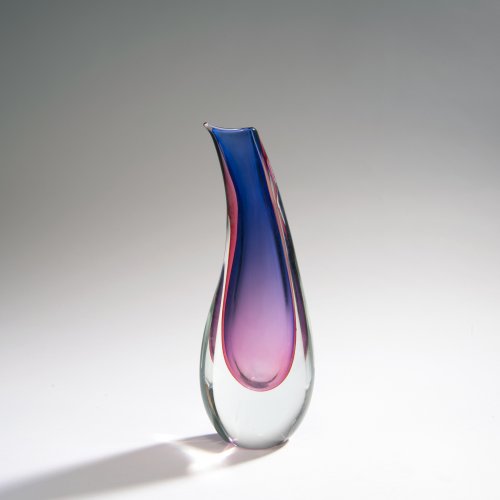
-
Sold
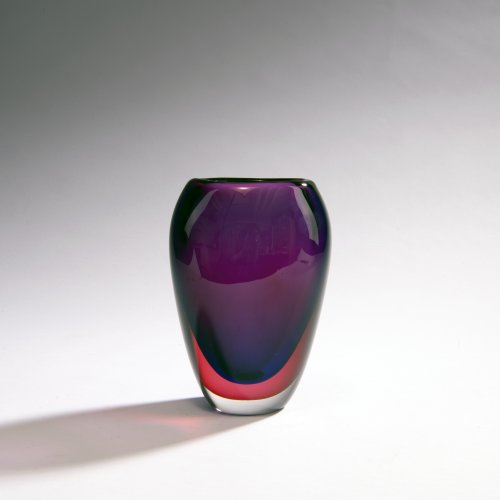
-
Sold
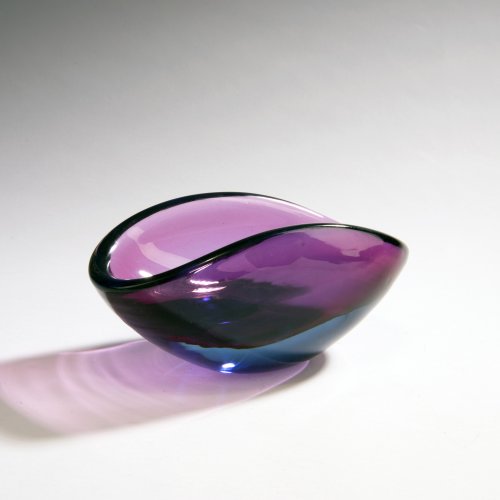
-
Sold
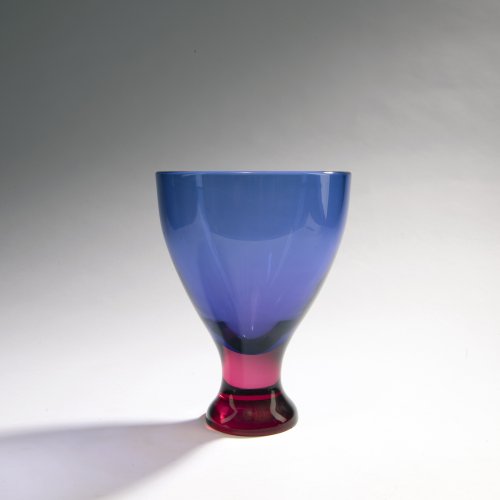
-
Sold
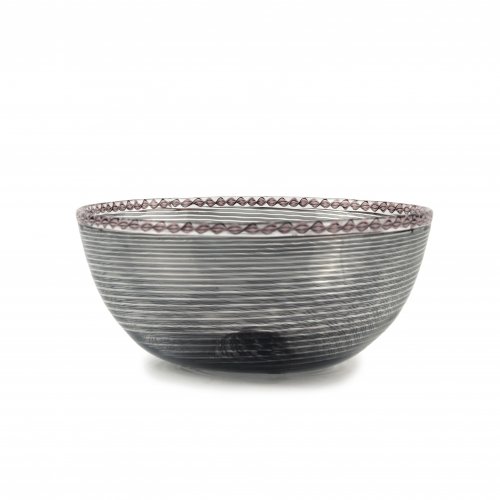
-
Sold
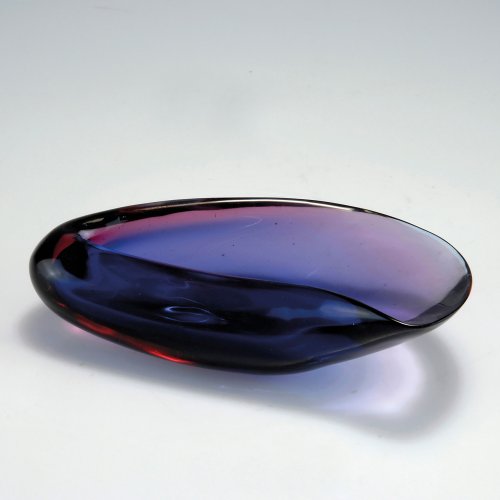
-
Sold
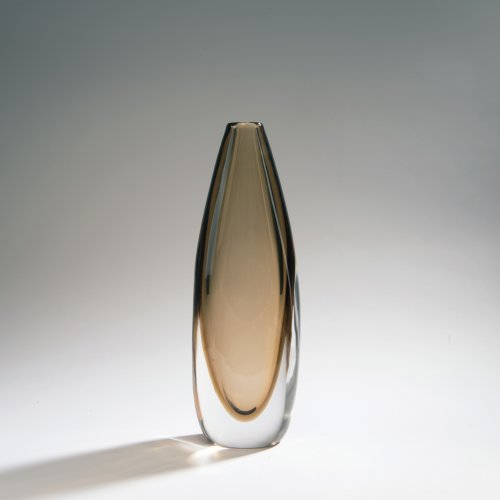
-
Sold
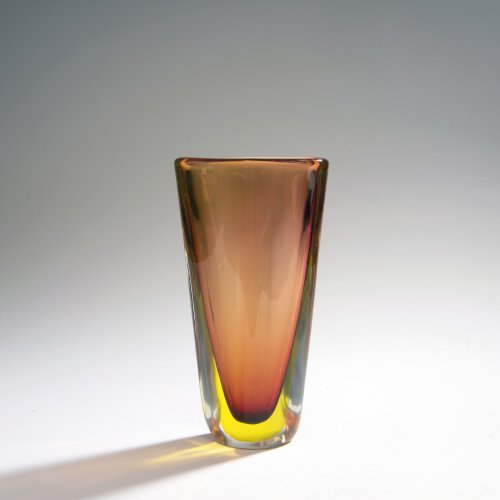
-
Sold
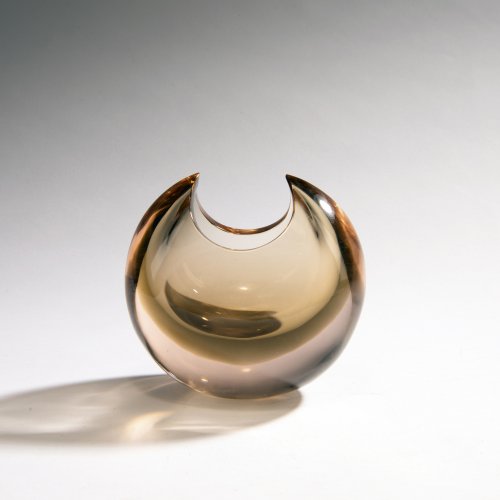
-
Sold
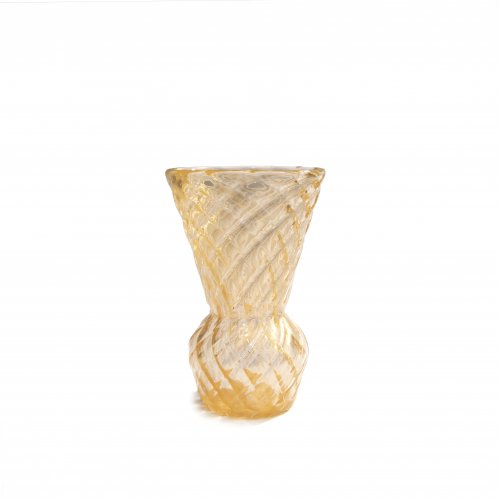
-
Sold
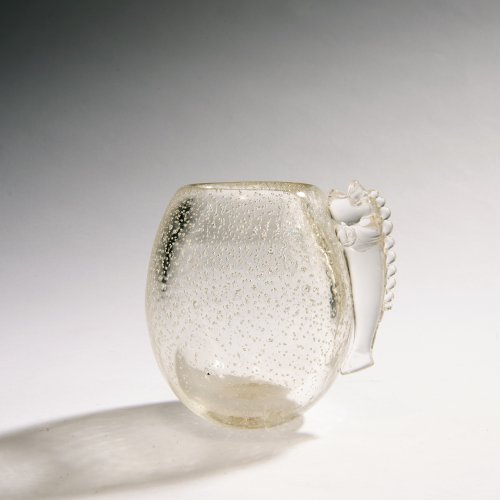
-
Sold
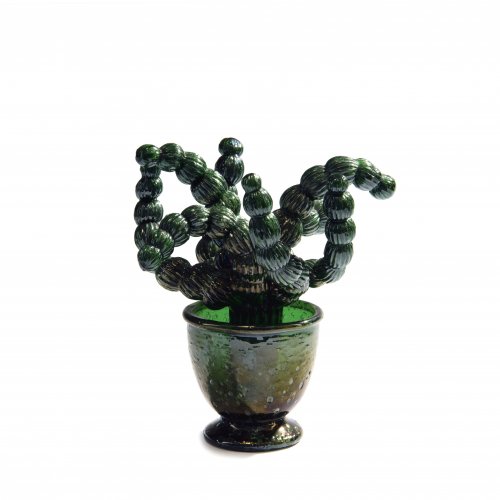
-
Sold
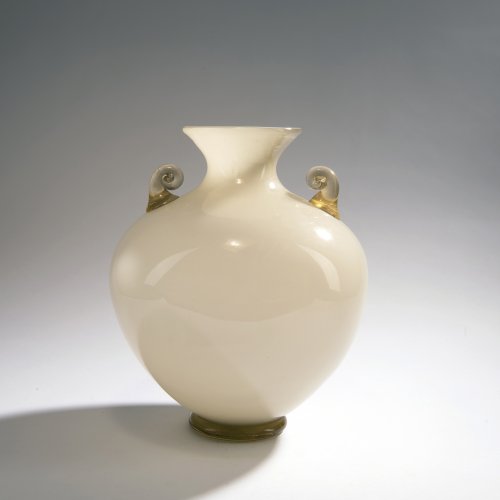
-
Sold
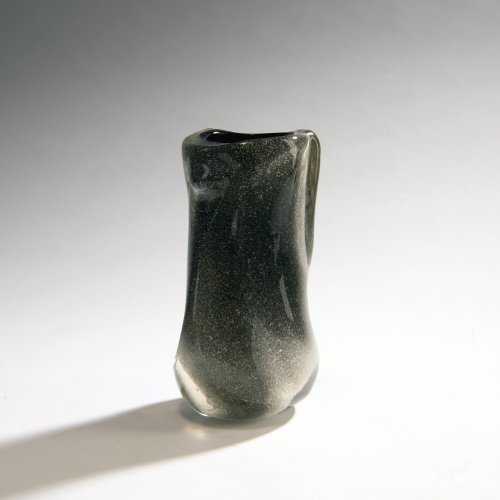
Flavio Poli Seguso Vetri D'Arte, Murano
'Grigio pulegoso induto' vase, c. 1937
Hammer Price: 2,400 €
-
Sold
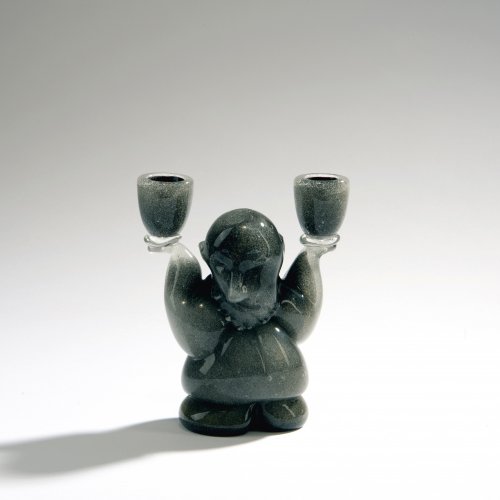
Flavio Poli Seguso Vetri D'Arte, Murano
'Grigio pulegoso induto' candelabrum, c. 1937
Hammer Price: 250 €
-
Sold
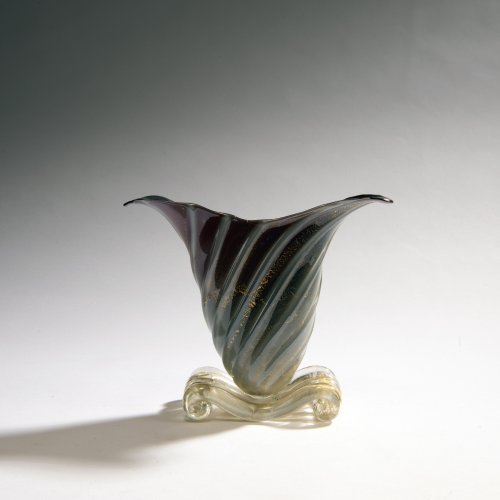
-
Sold
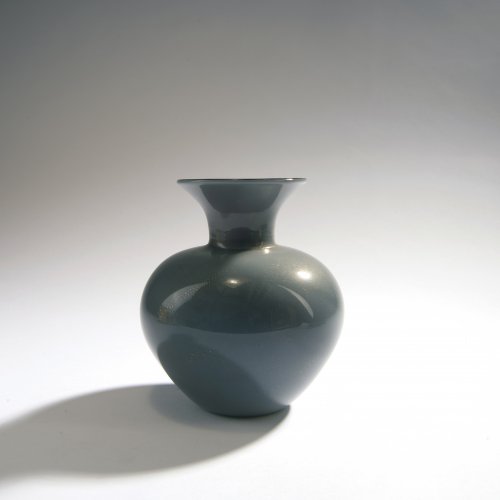
-
Sold
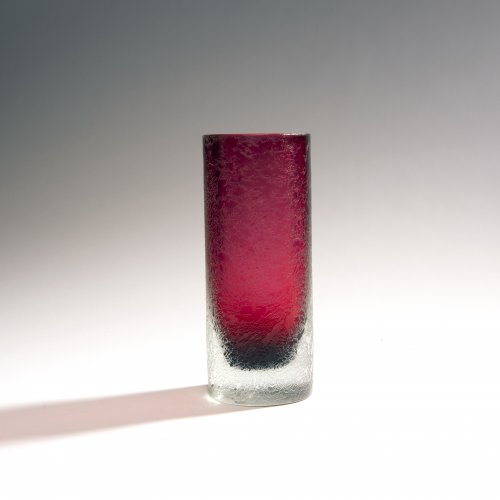
-
Sold
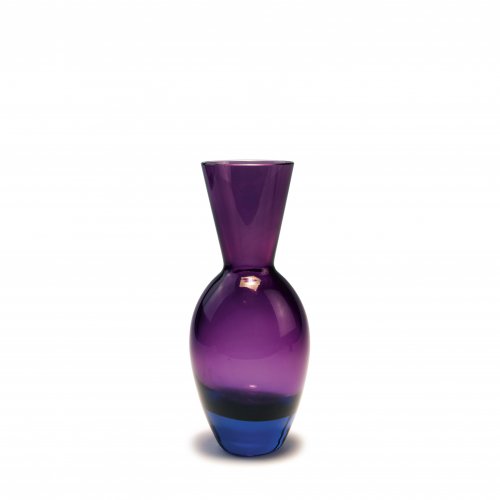
-
Sold
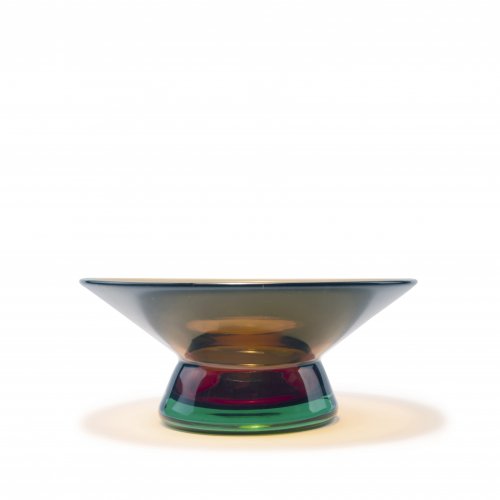
-
Sold
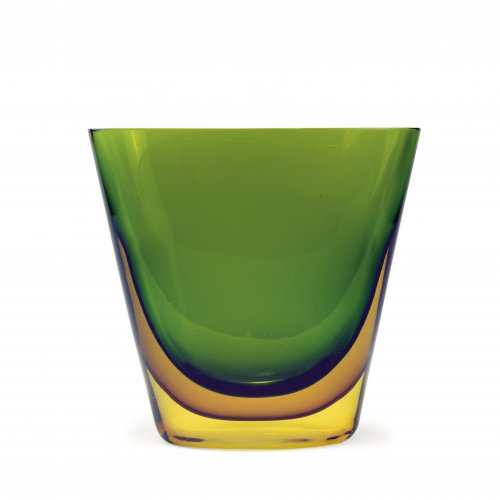
-
Sold
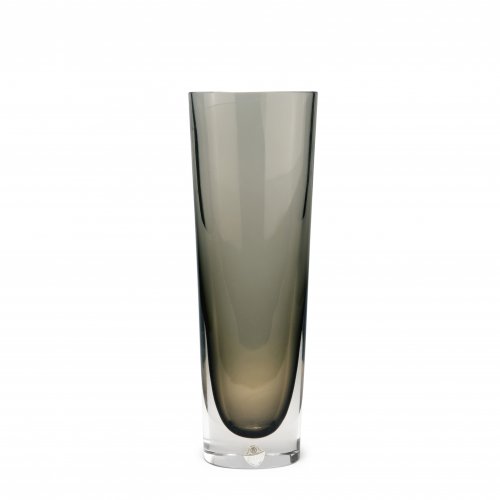
-
Sold
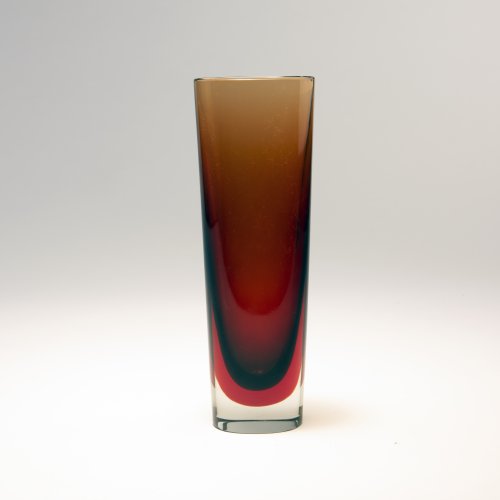
-
Sold
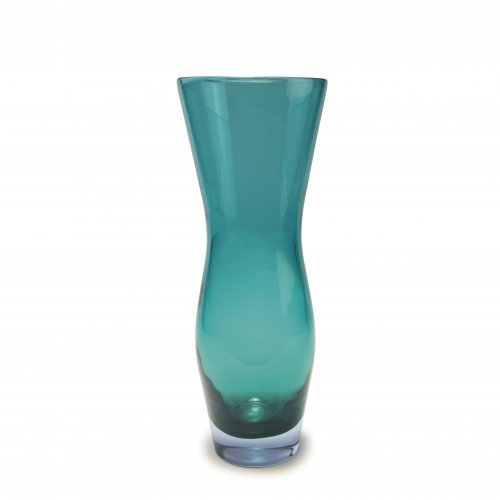
-
Sold
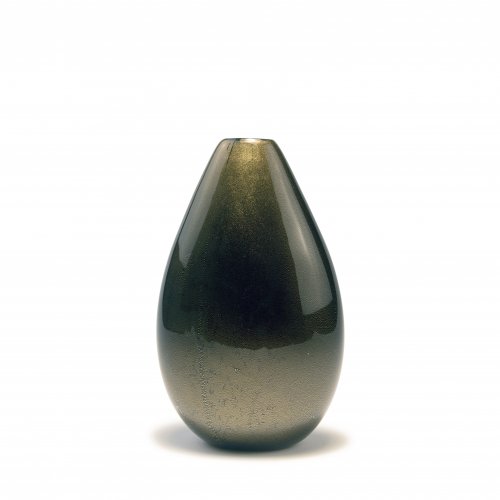
-
Sold
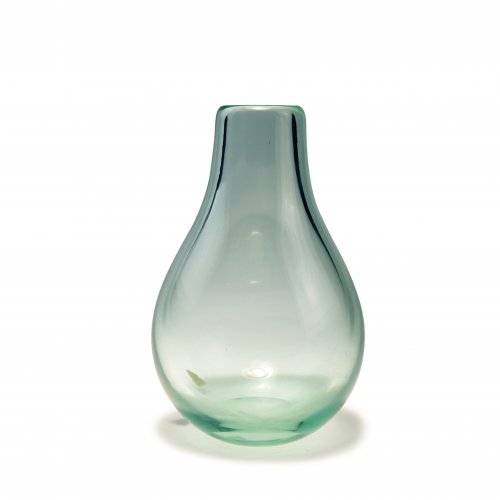
-
Sold
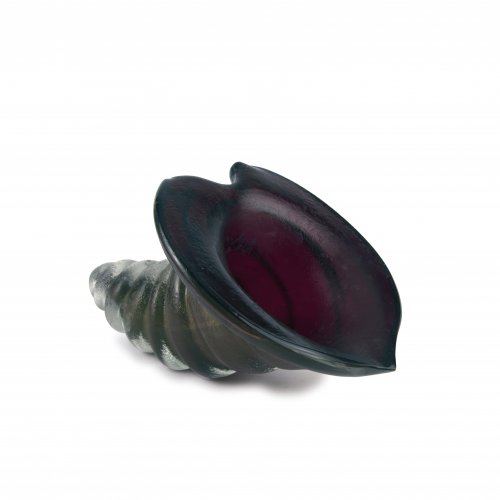
-
Sold
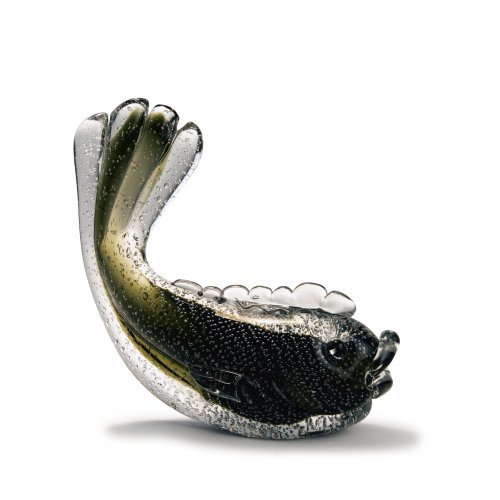
-
Sold
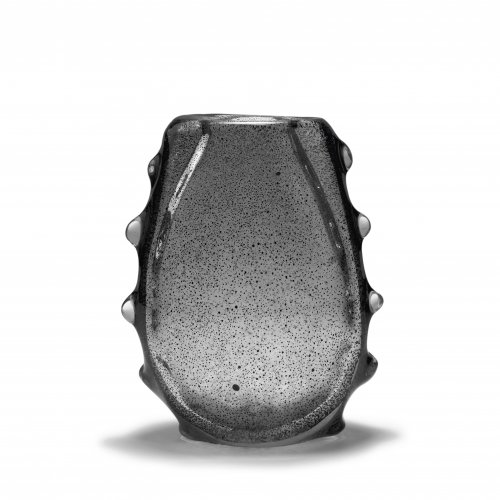
-
Sold
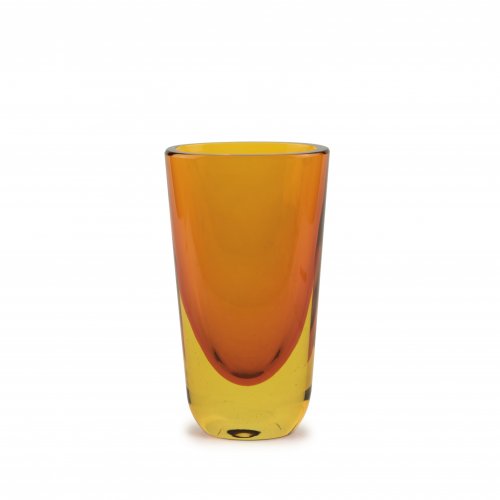
-
Sold
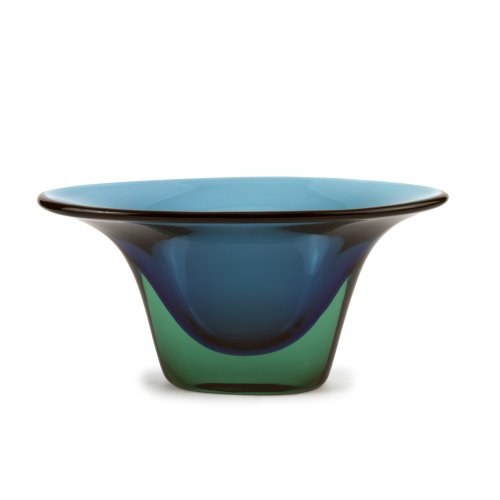
-
Sold
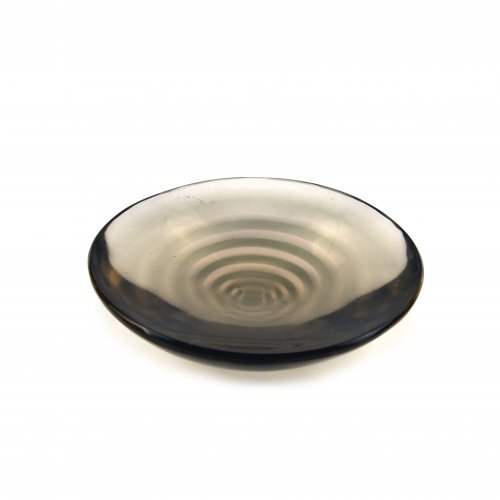
-
Sold
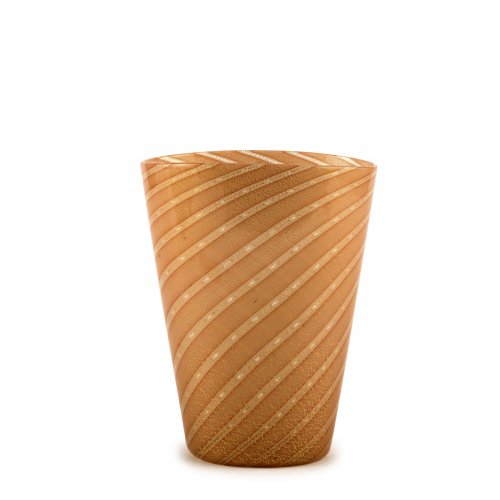
-
Sold
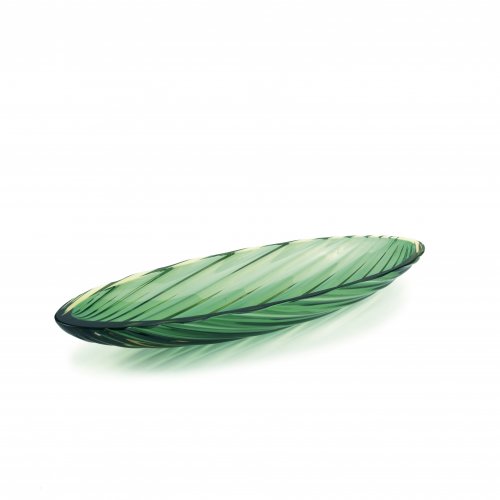
-
Sold
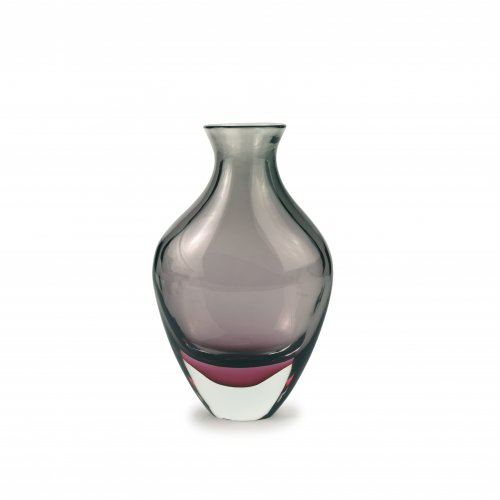
-
Sold
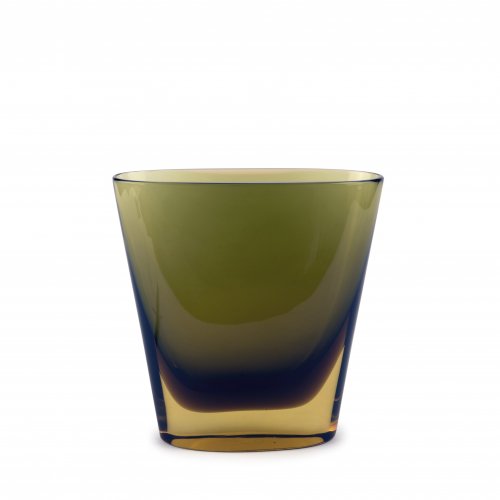
-
Sold
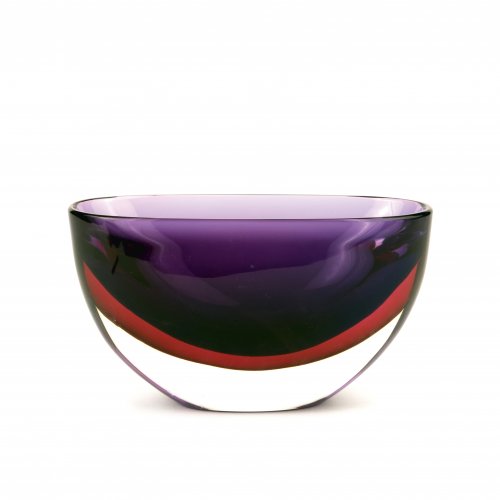
-
Sold
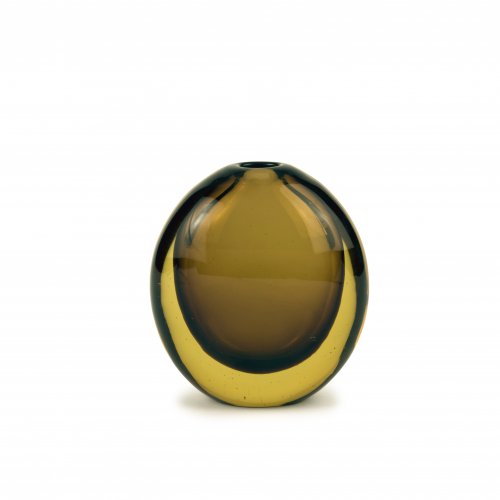
-
Sold
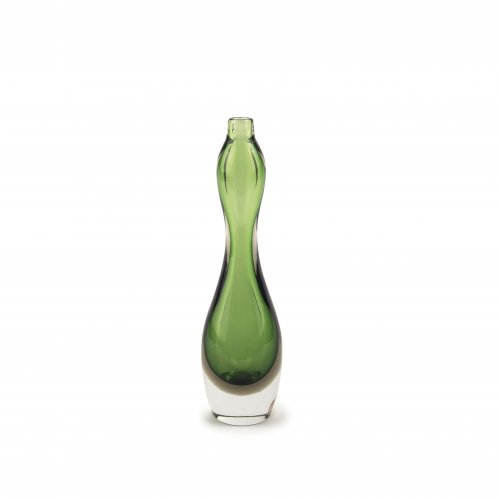
-
Sold
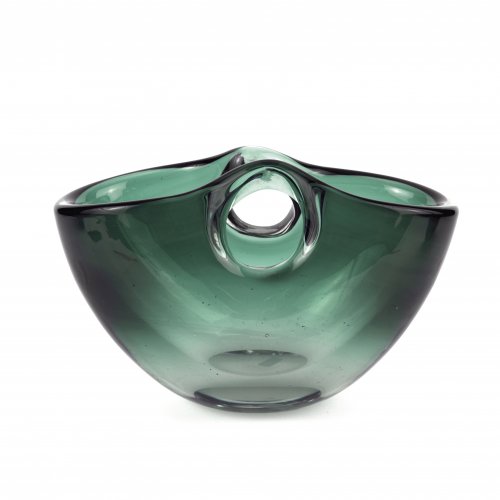
-
Sold
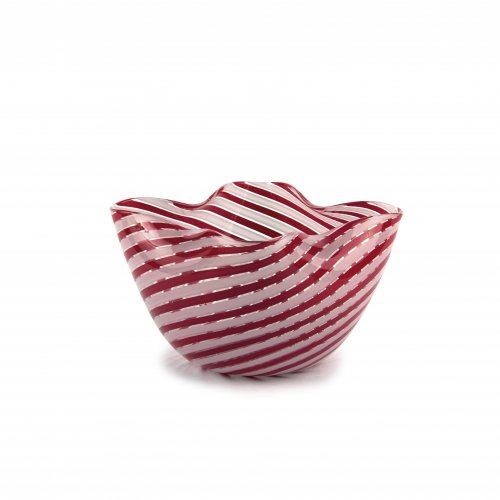
-
Sold
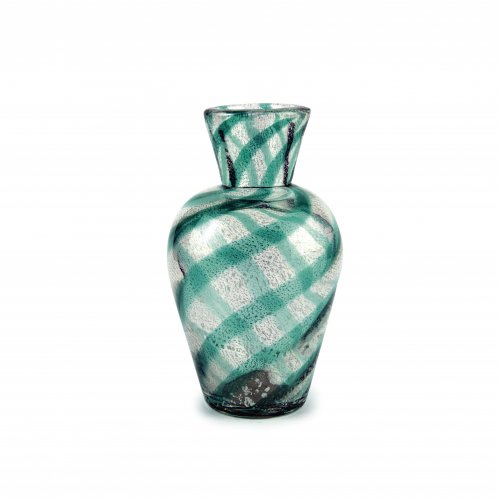
-
Sold
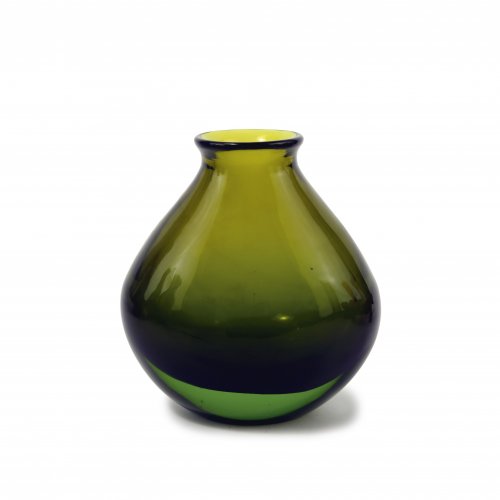
-
Sold
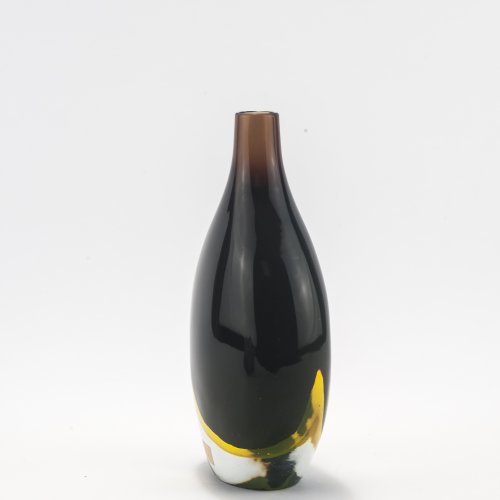
-
Sold
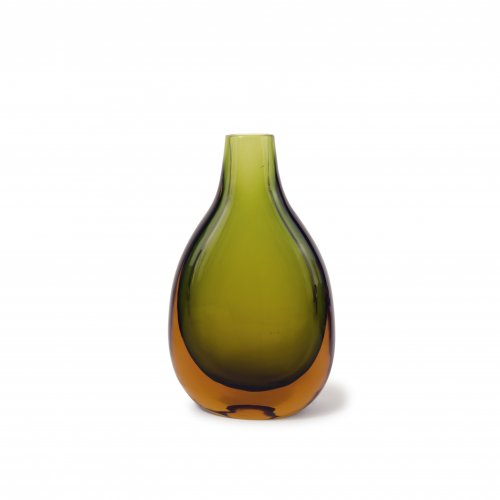
-
Sold
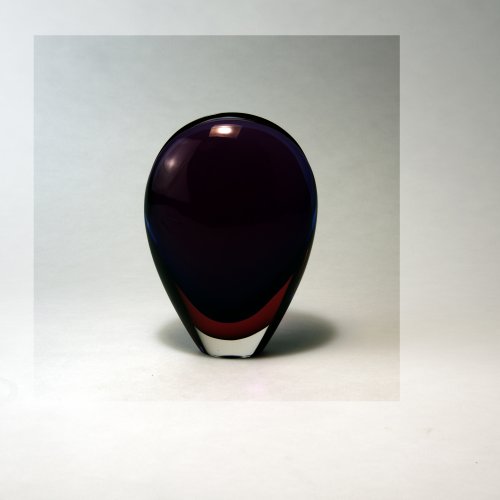
-
Sold
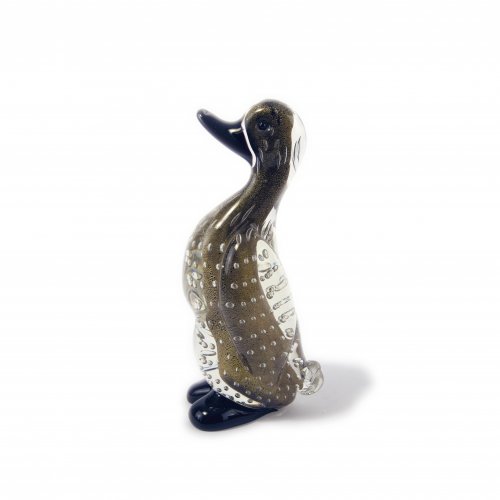
-
Sold
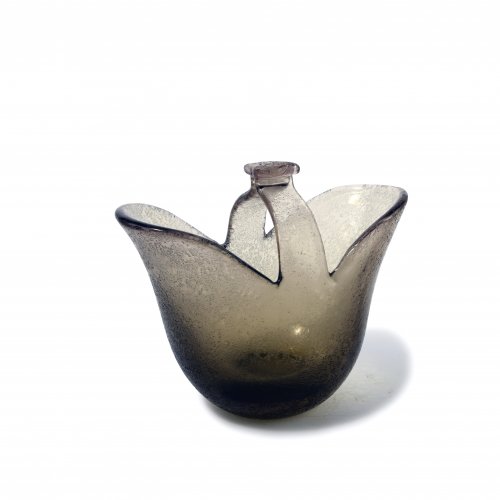
-
Sold
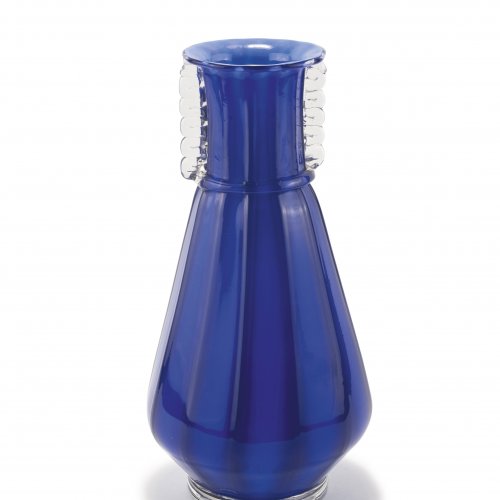
-
Sold
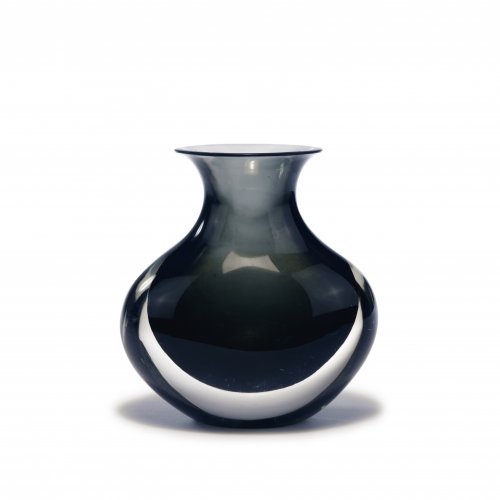
-
Sold
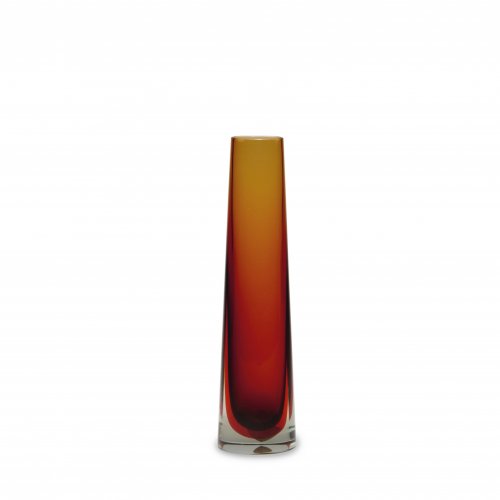
-
Sold
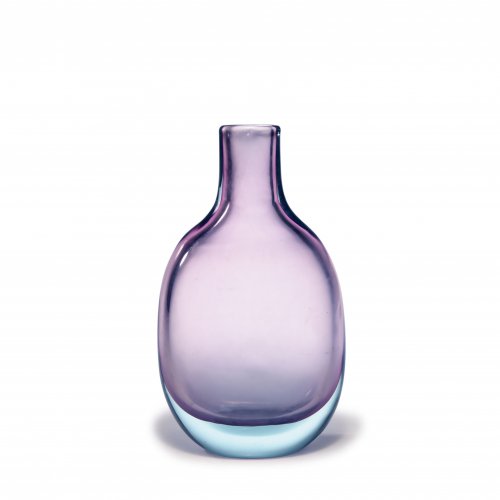
-
Sold
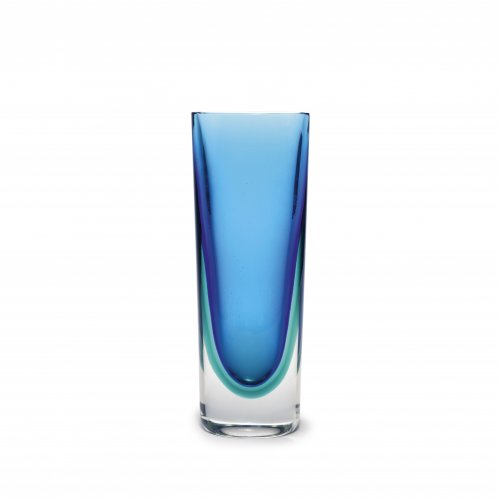
-
Sold
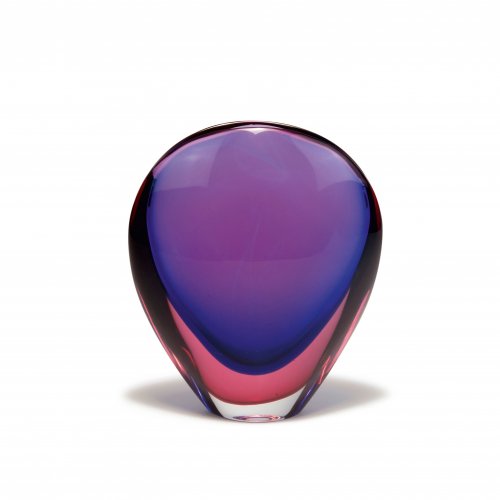
-
Sold
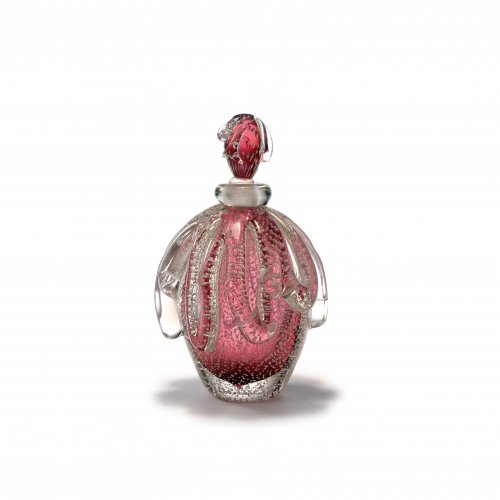
-
Sold
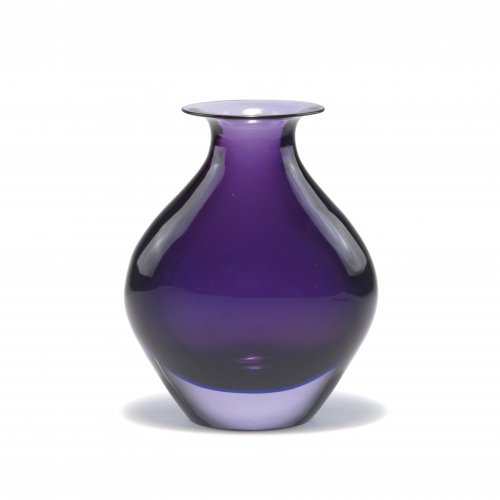
-
Sold
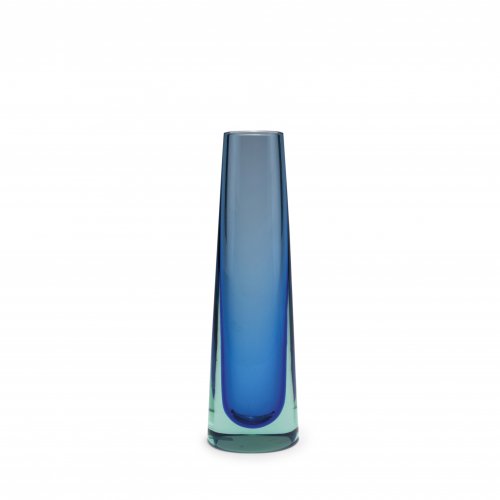
-
Sold
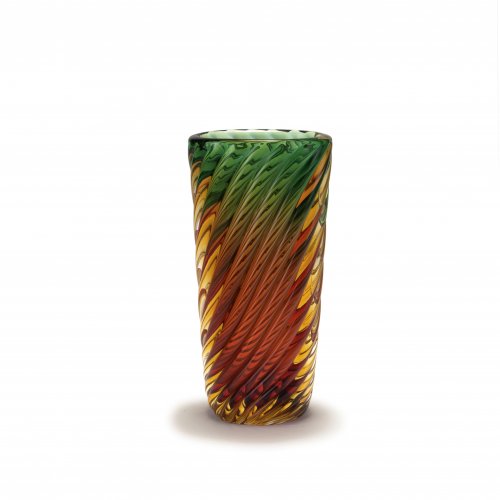
-
Sold
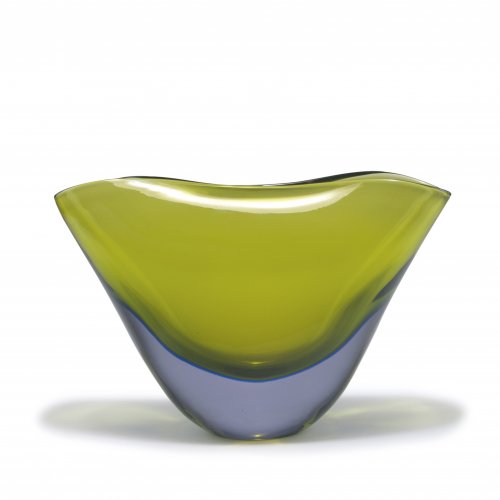
-
Sold
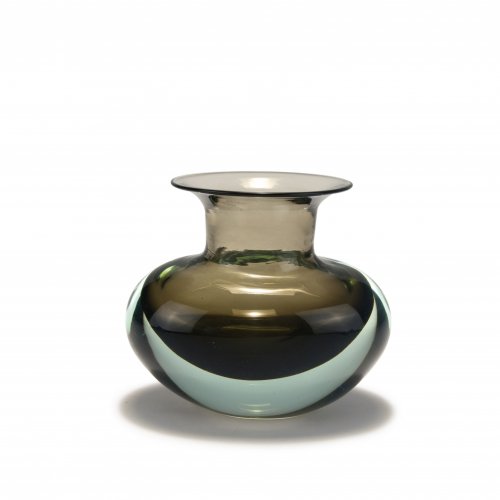
-
Sold
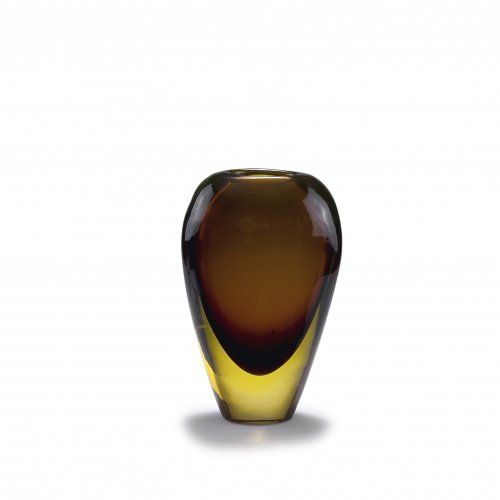
-
Sold
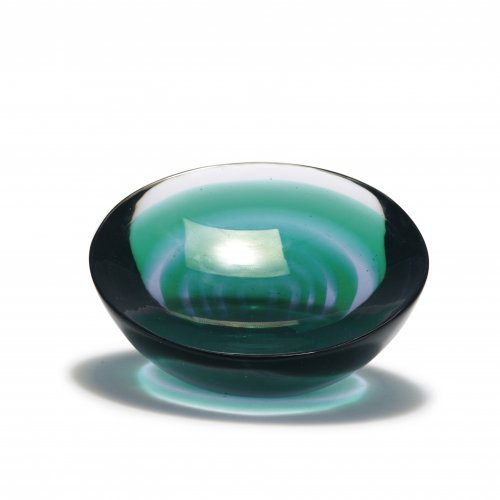
-
Sold
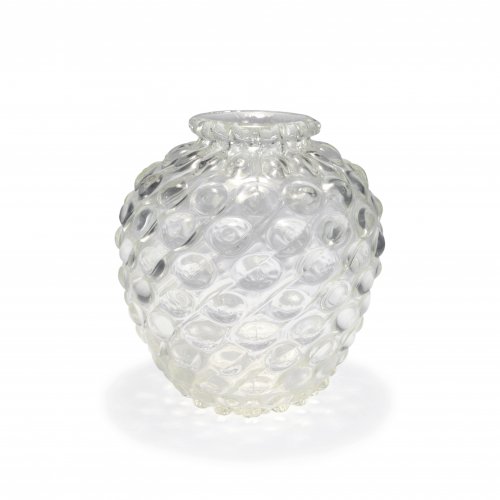
-
Sold
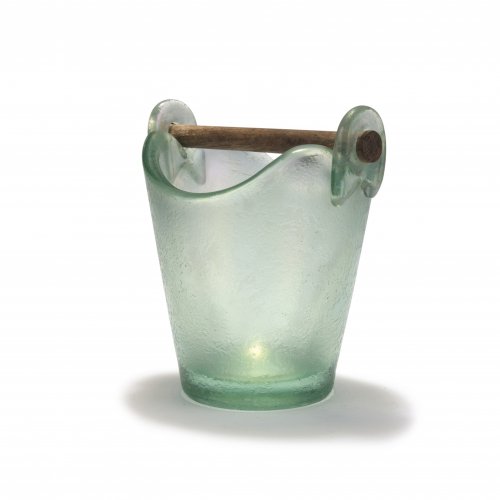
-
Sold
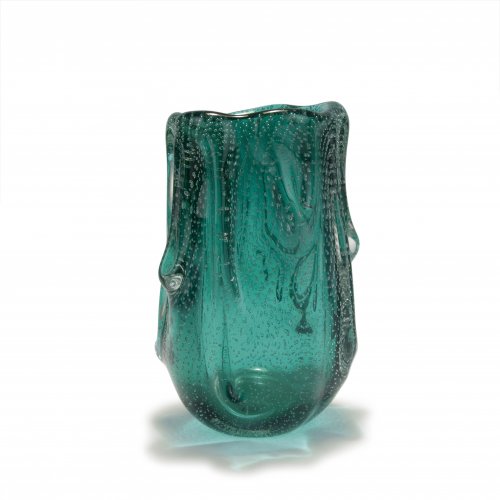
-
Sold
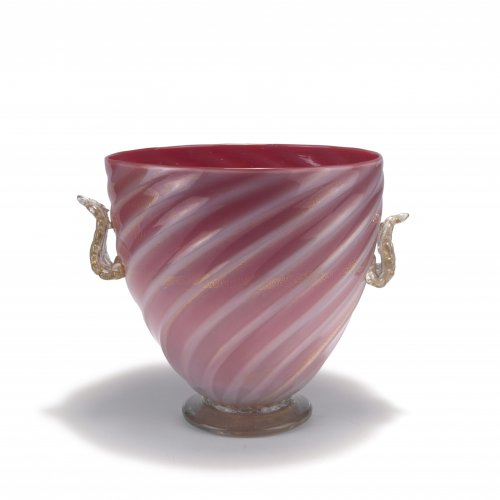
-
Sold
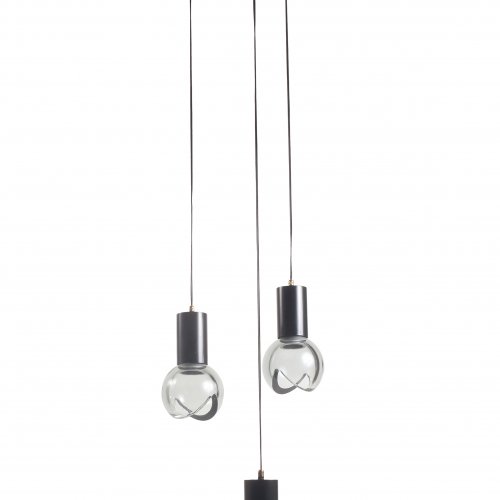
-
Sold
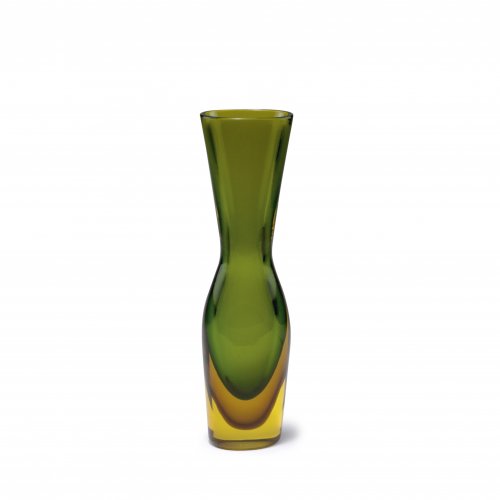
-
Sold
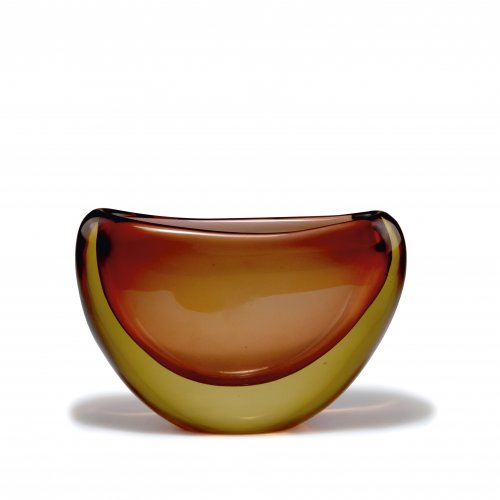
-
Sold
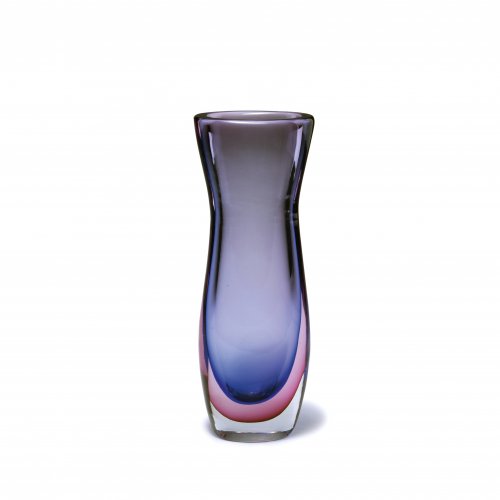
-
Sold
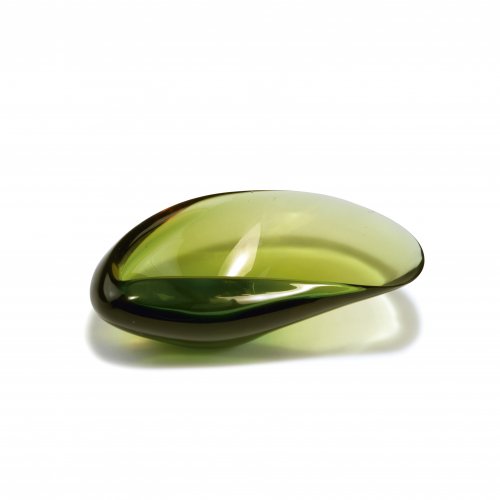
-
Sold
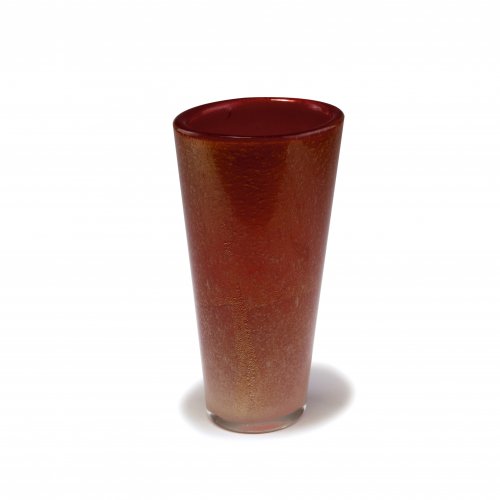
-
Sold
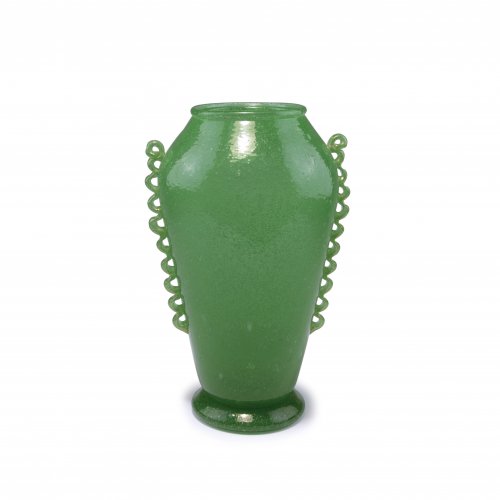
-
Sold
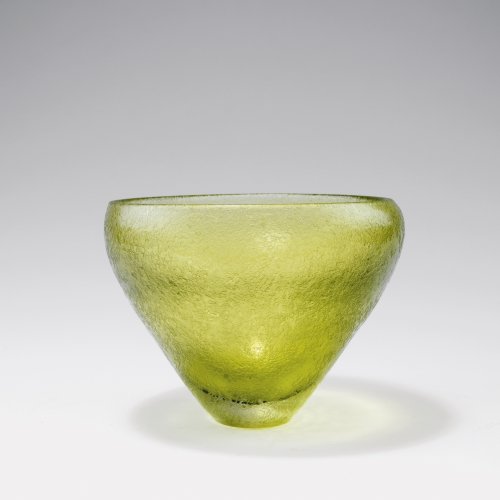
-
Sold
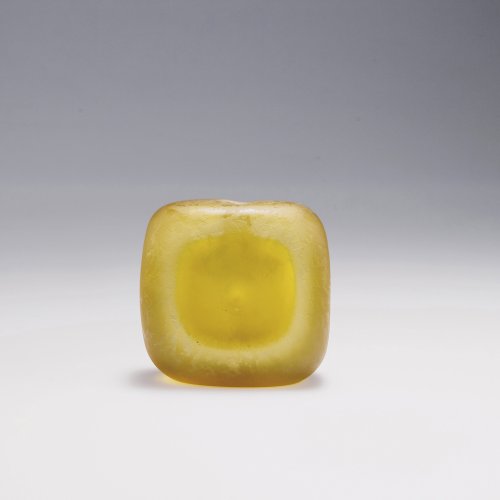
-
Sold
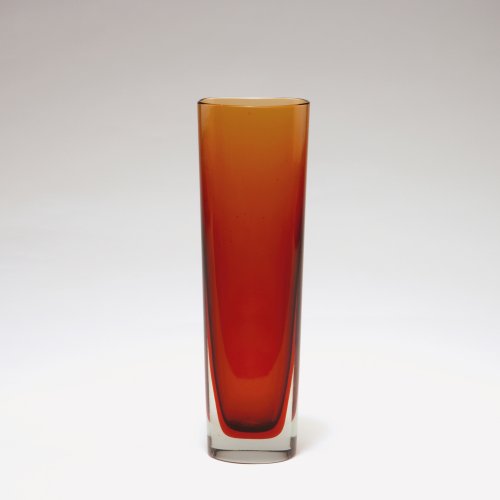
-
Sold
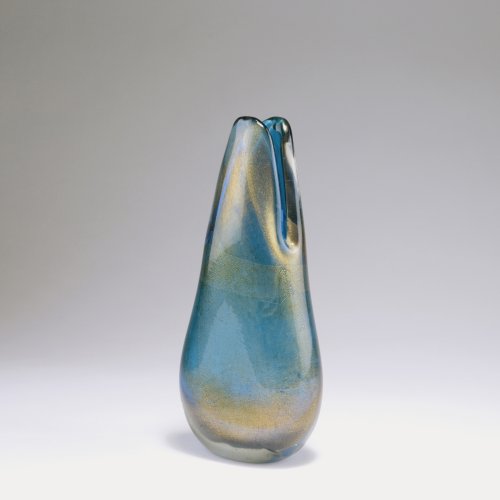
-
Sold
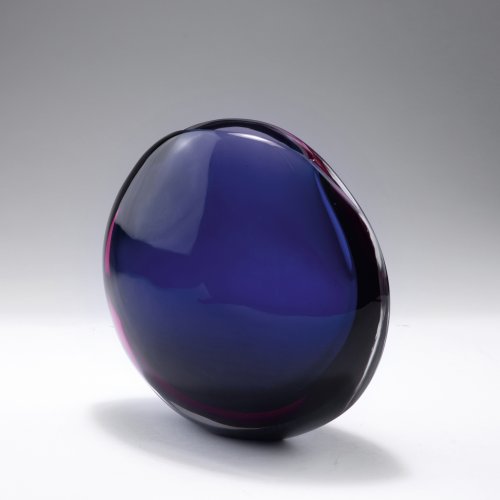
-
Sold
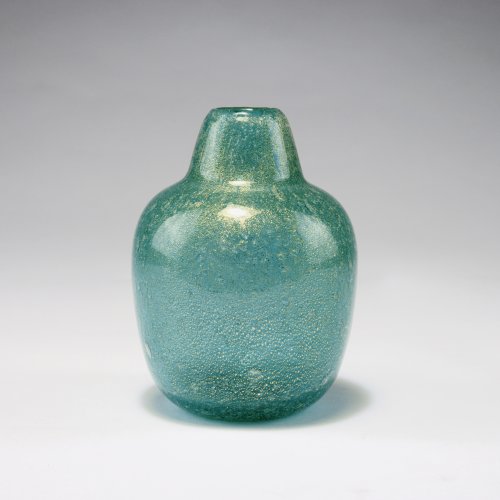
-
Sold
-
Sold
-
Sold
-
Sold
-
Sold
-
Sold
-
Sold
